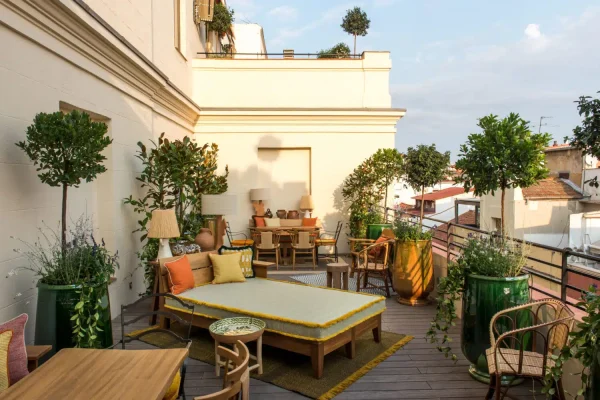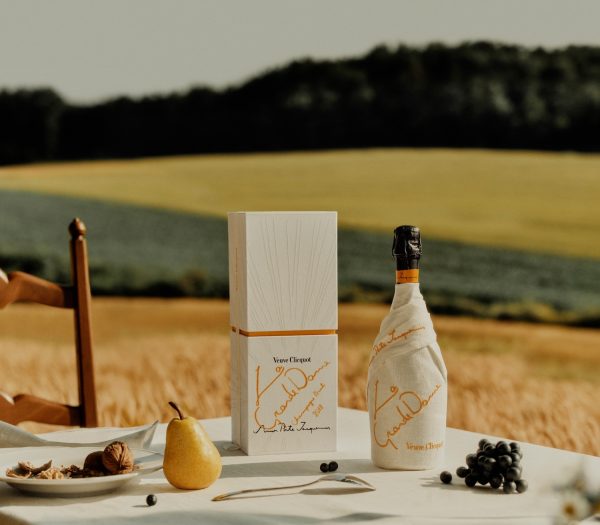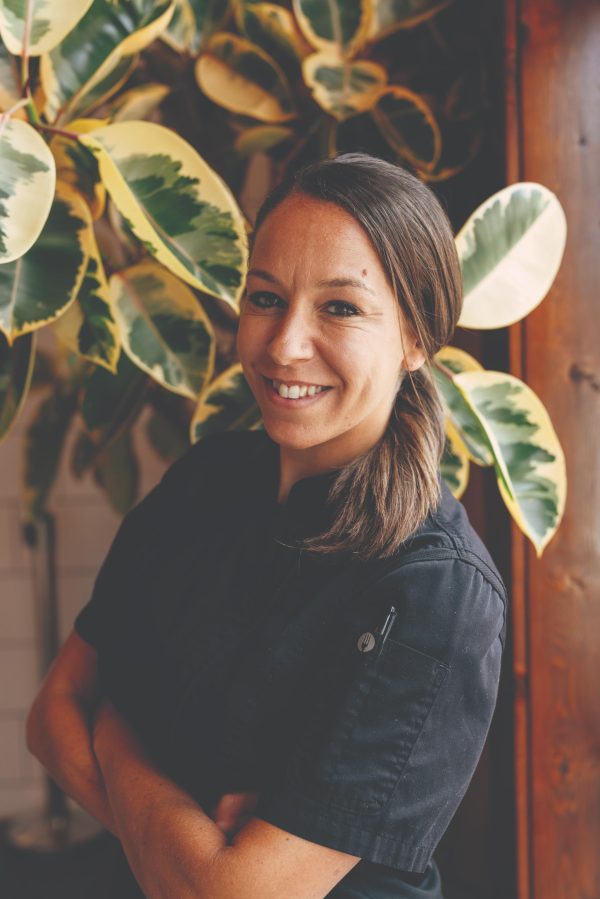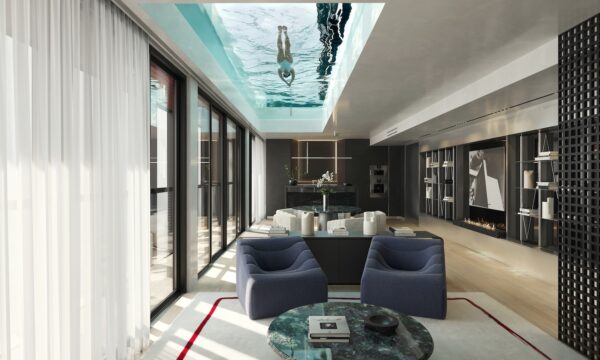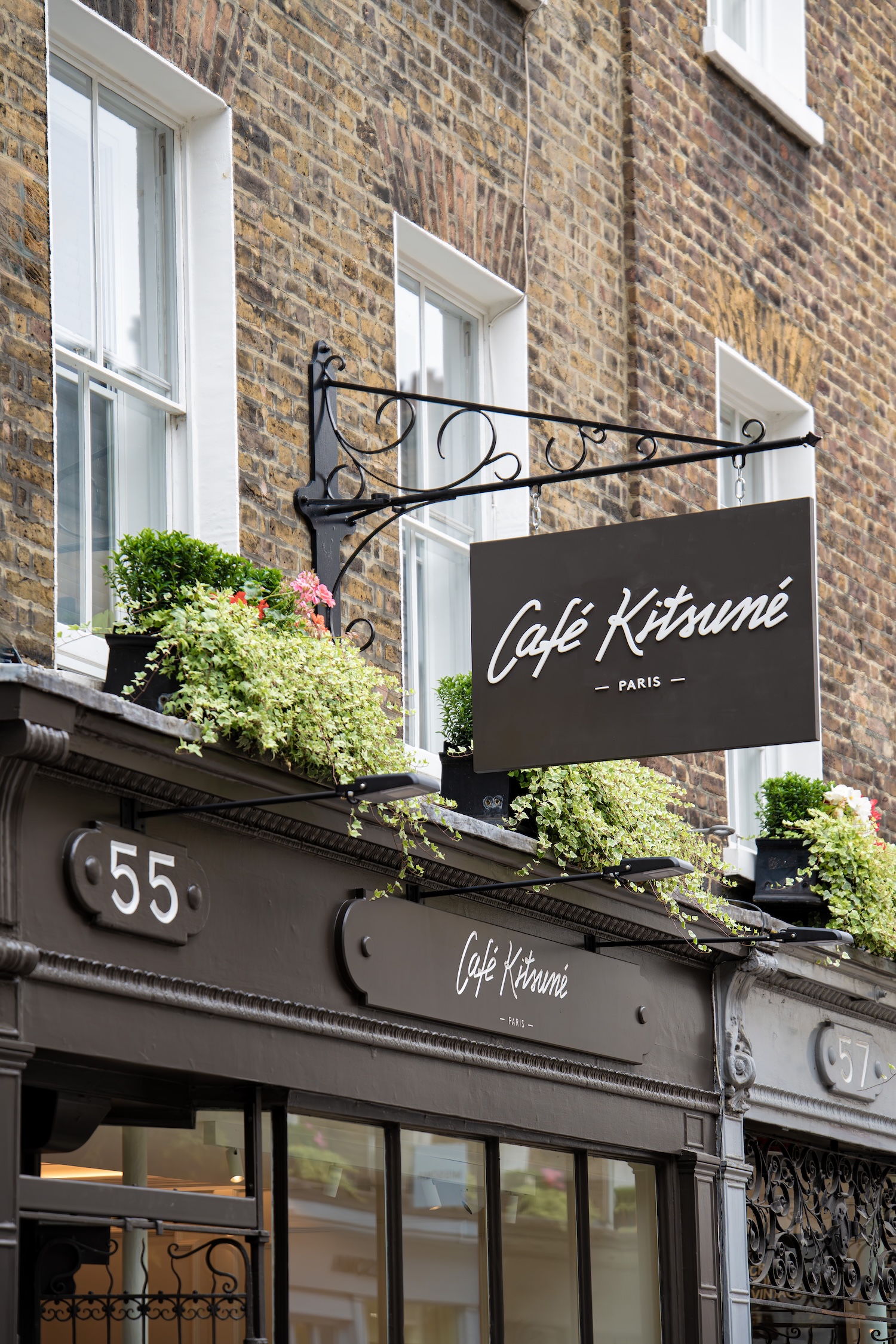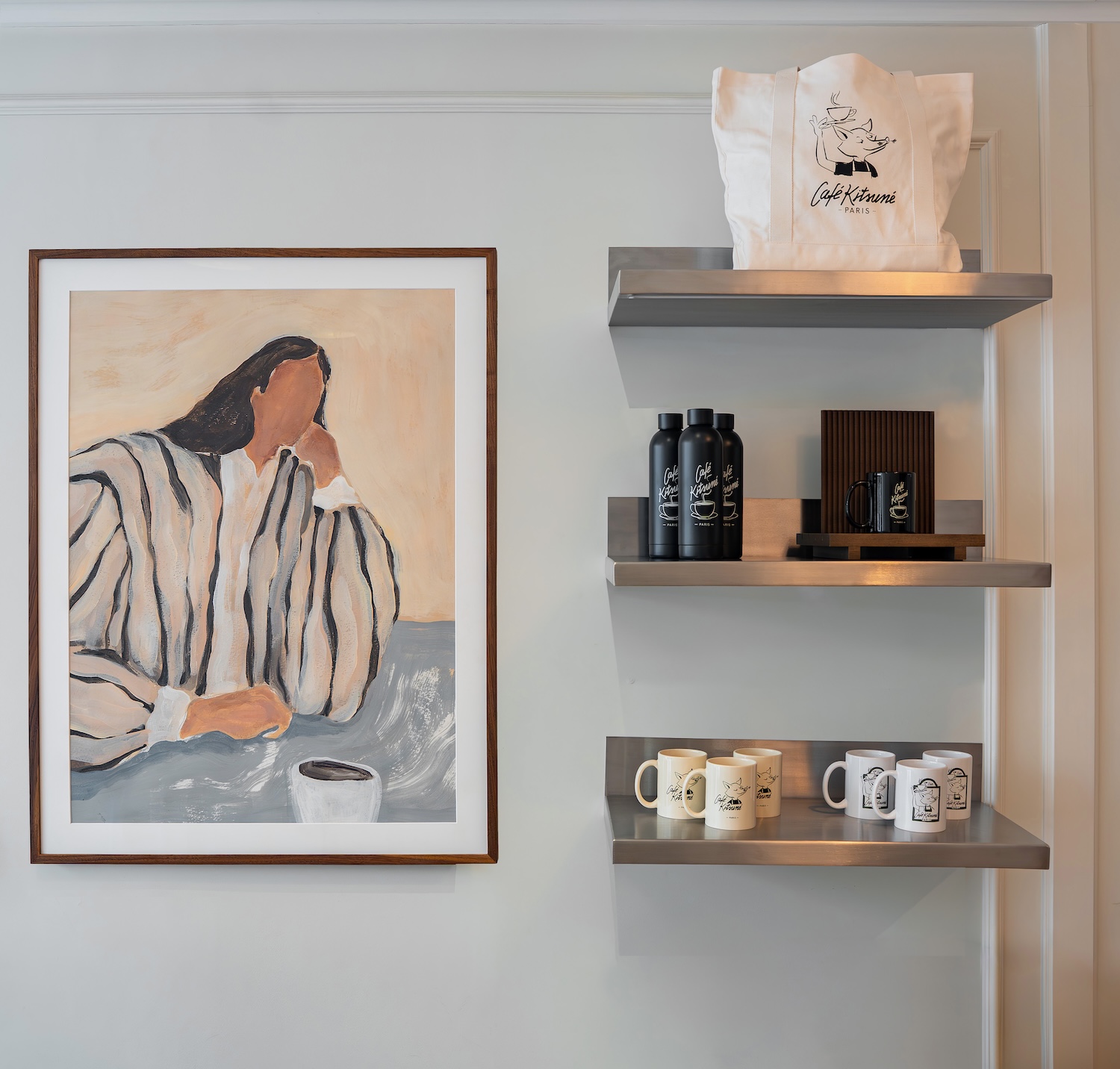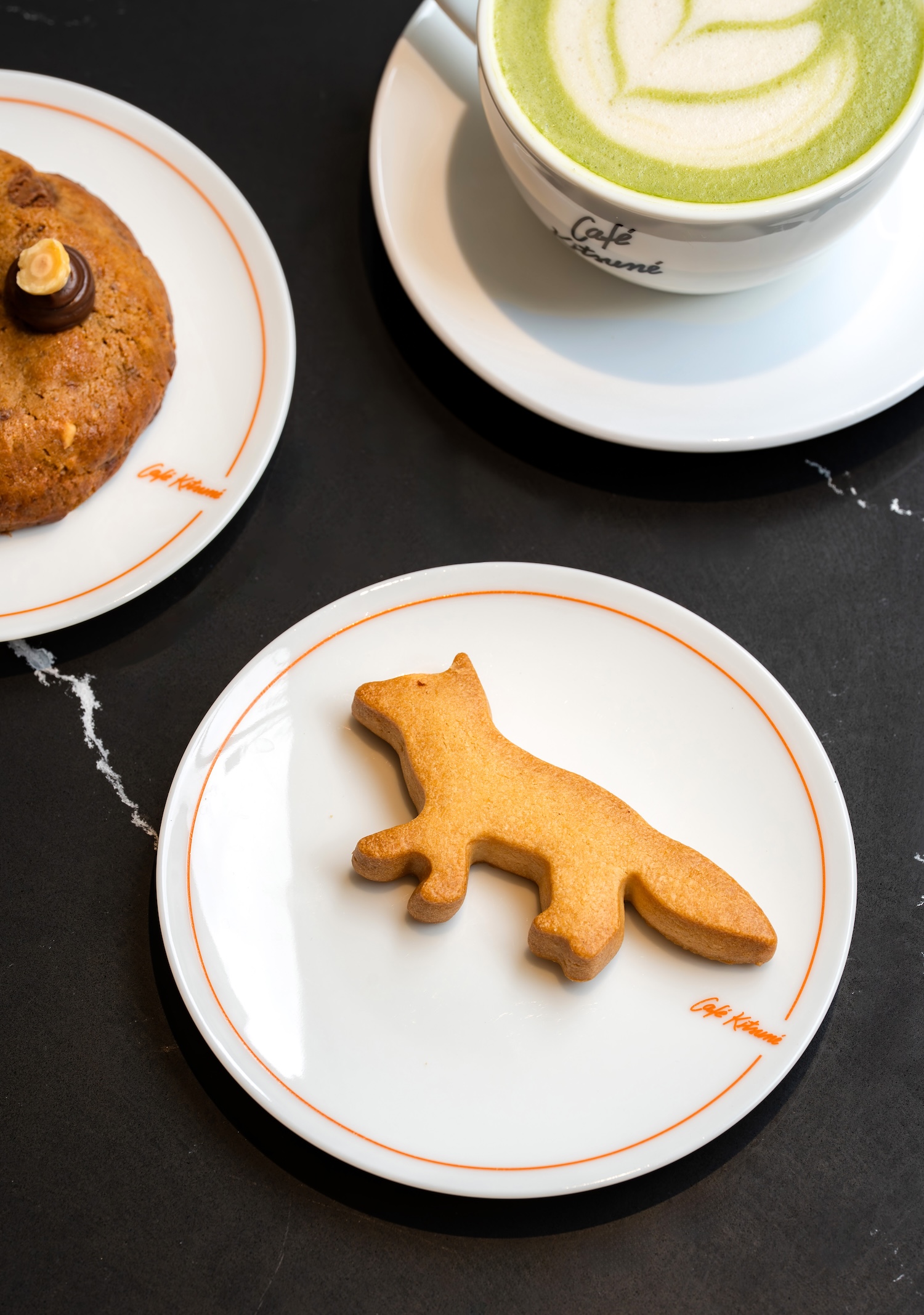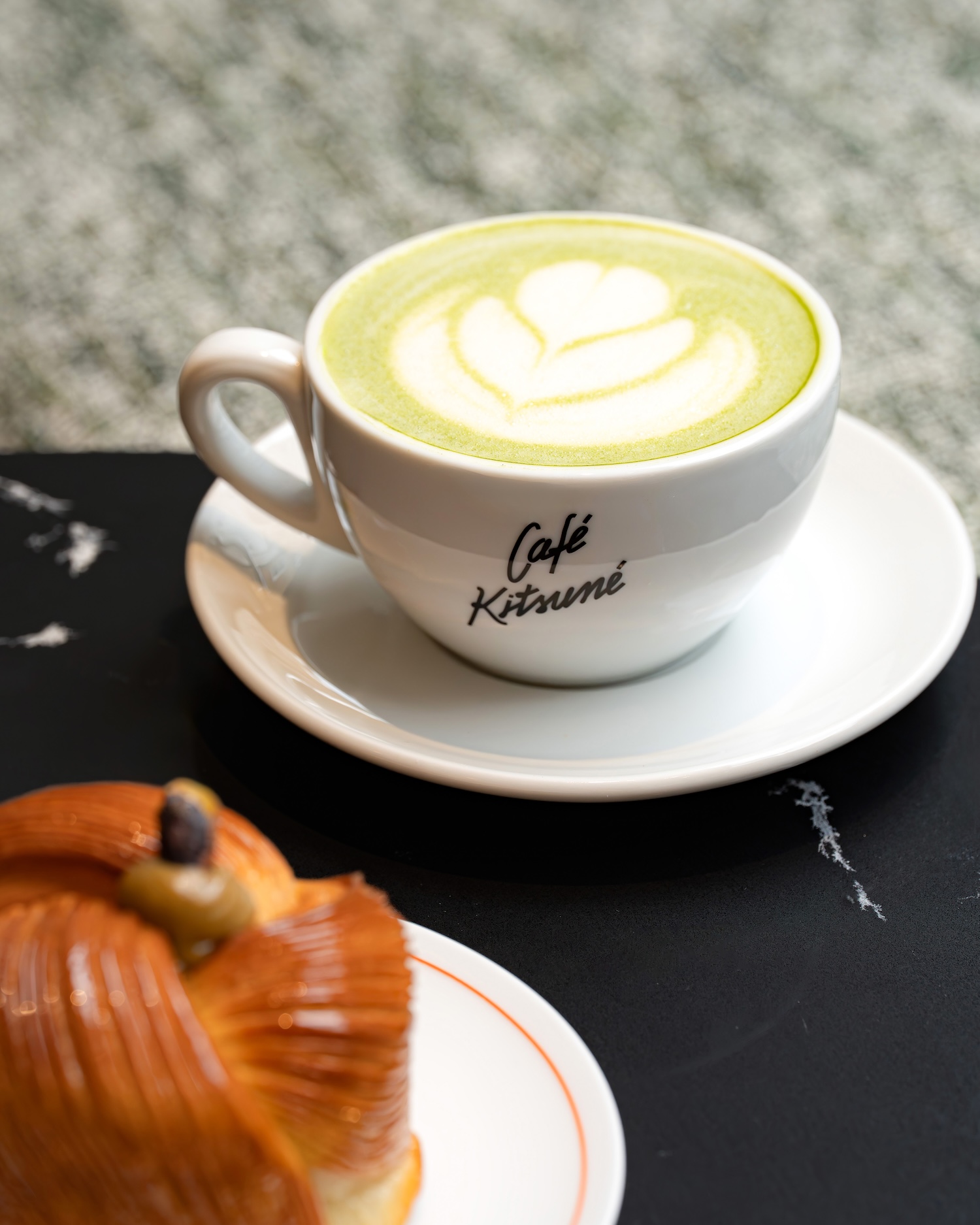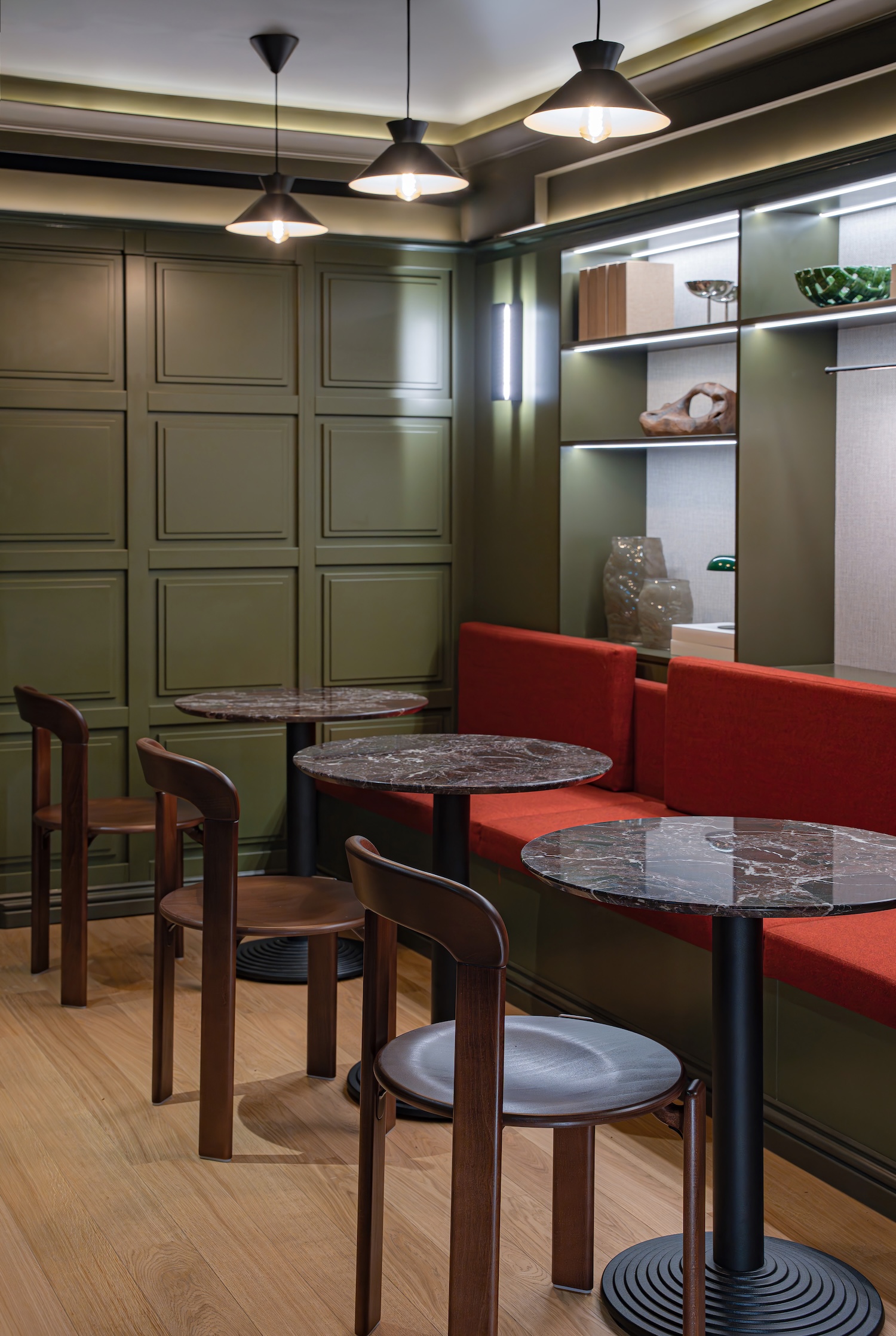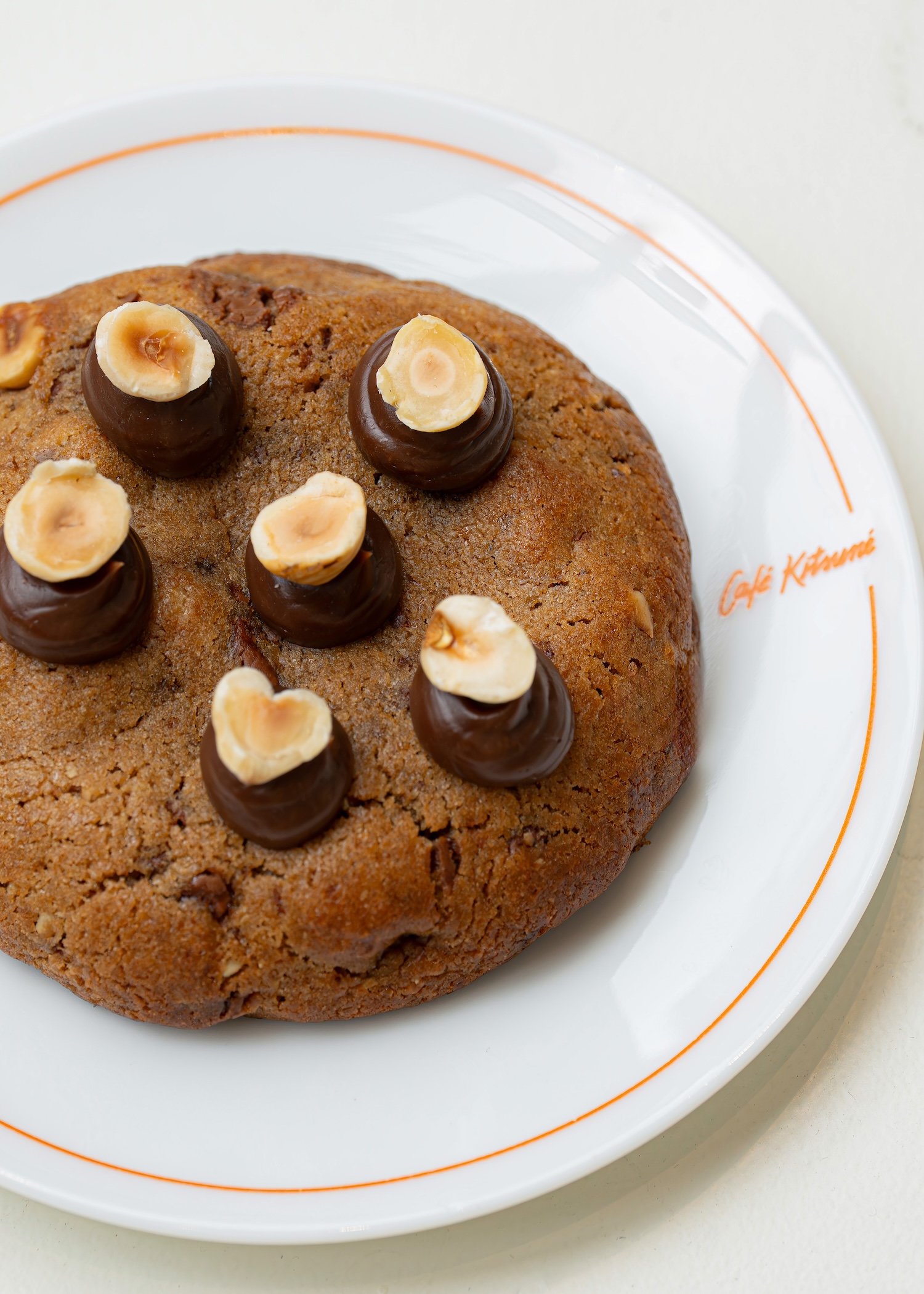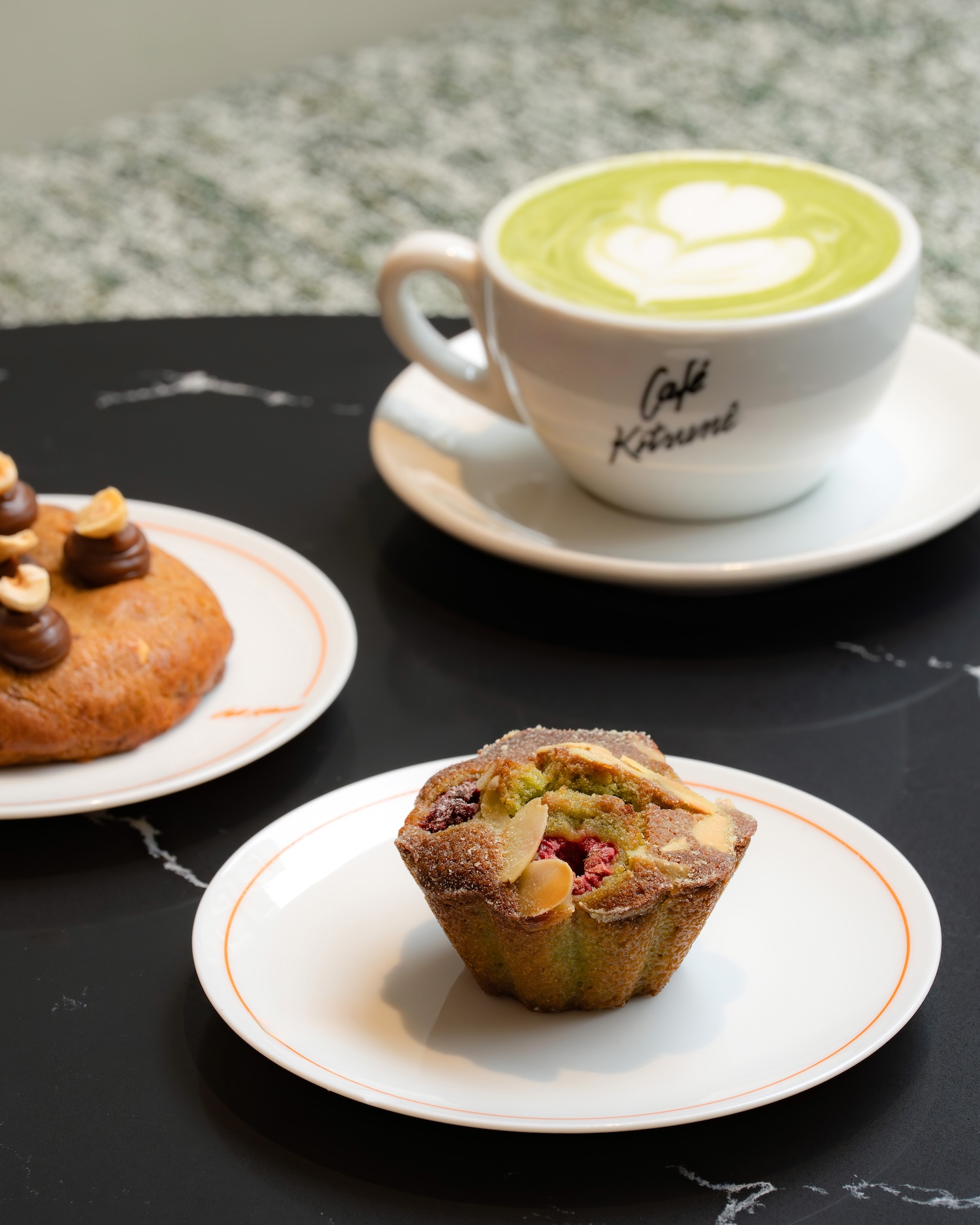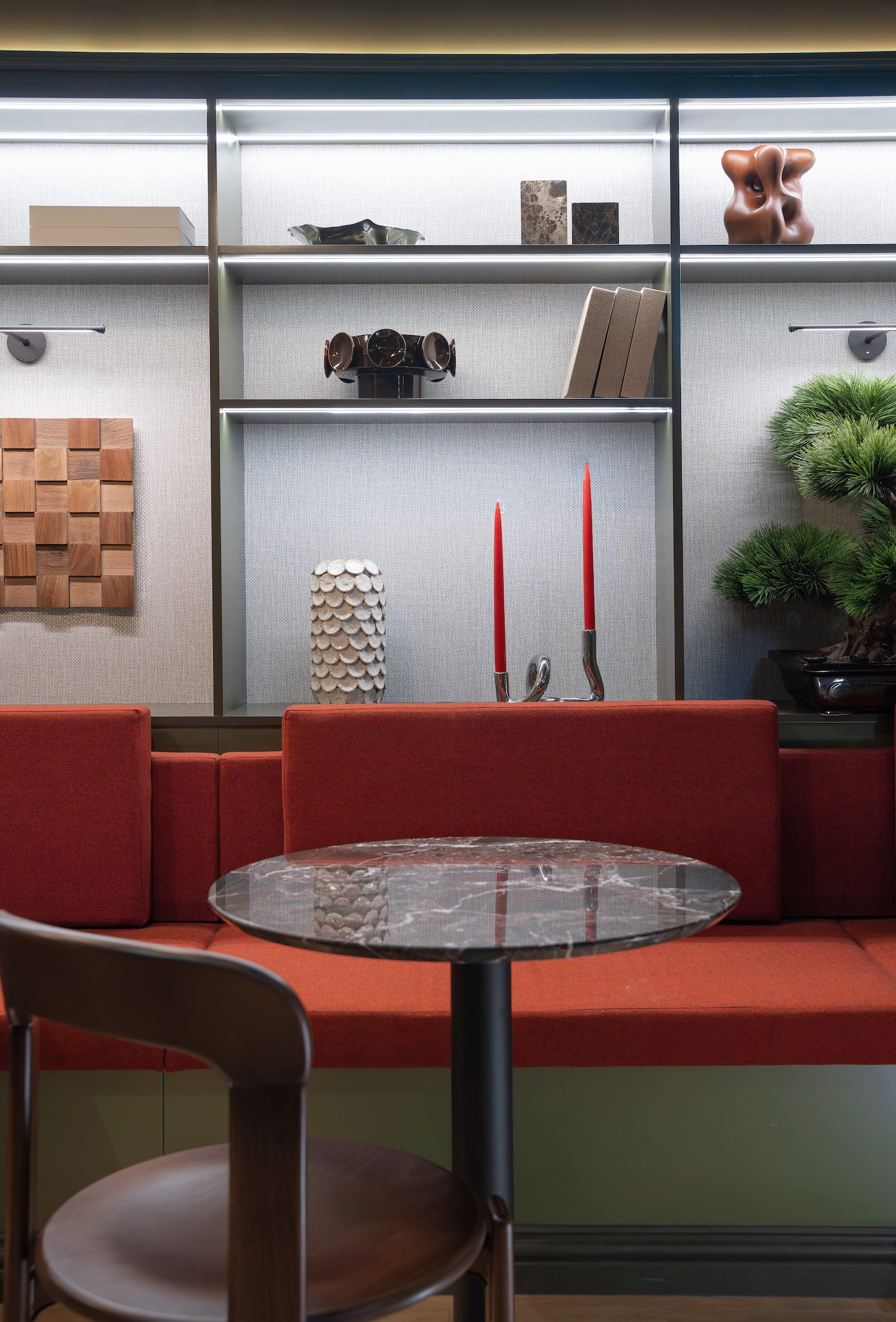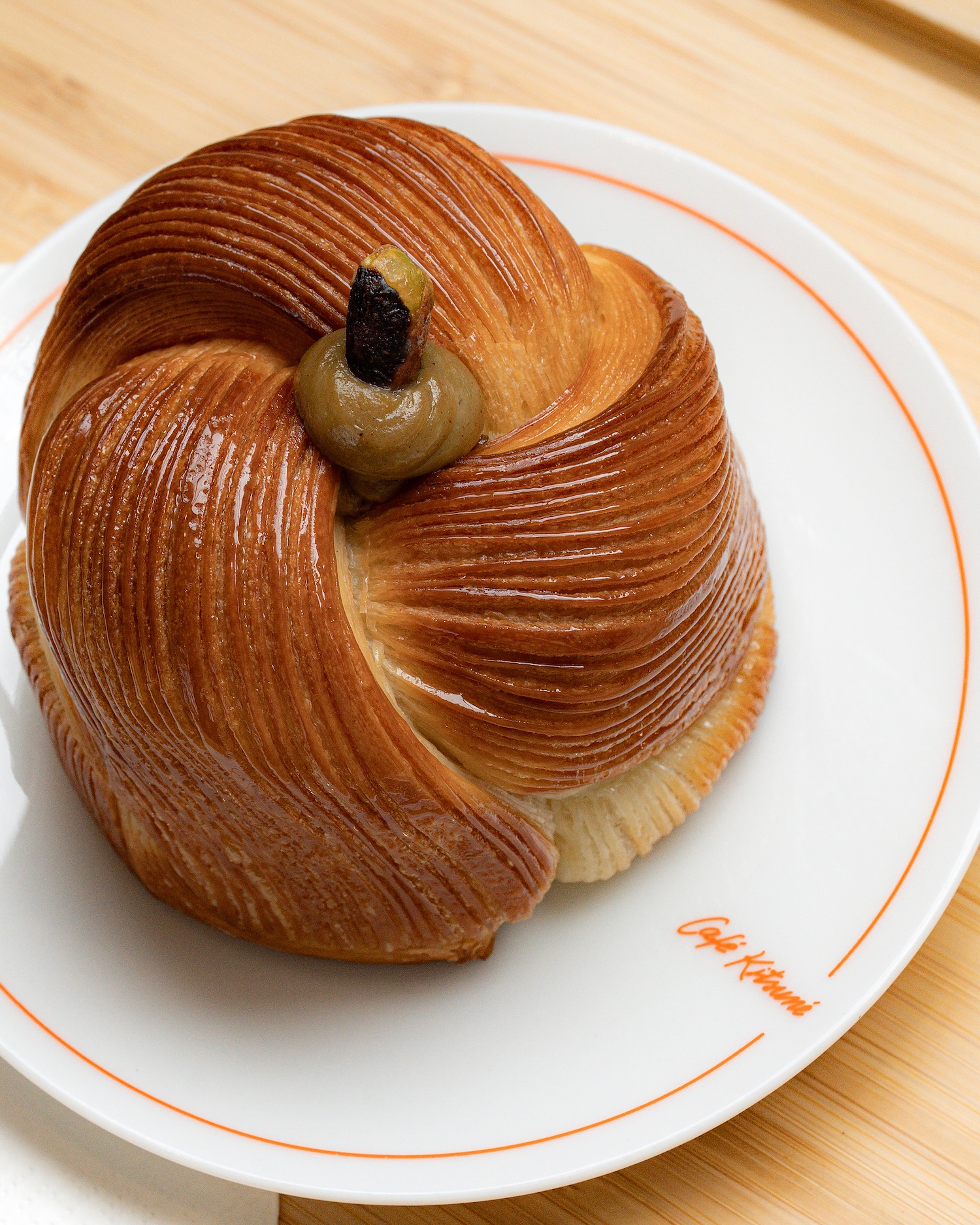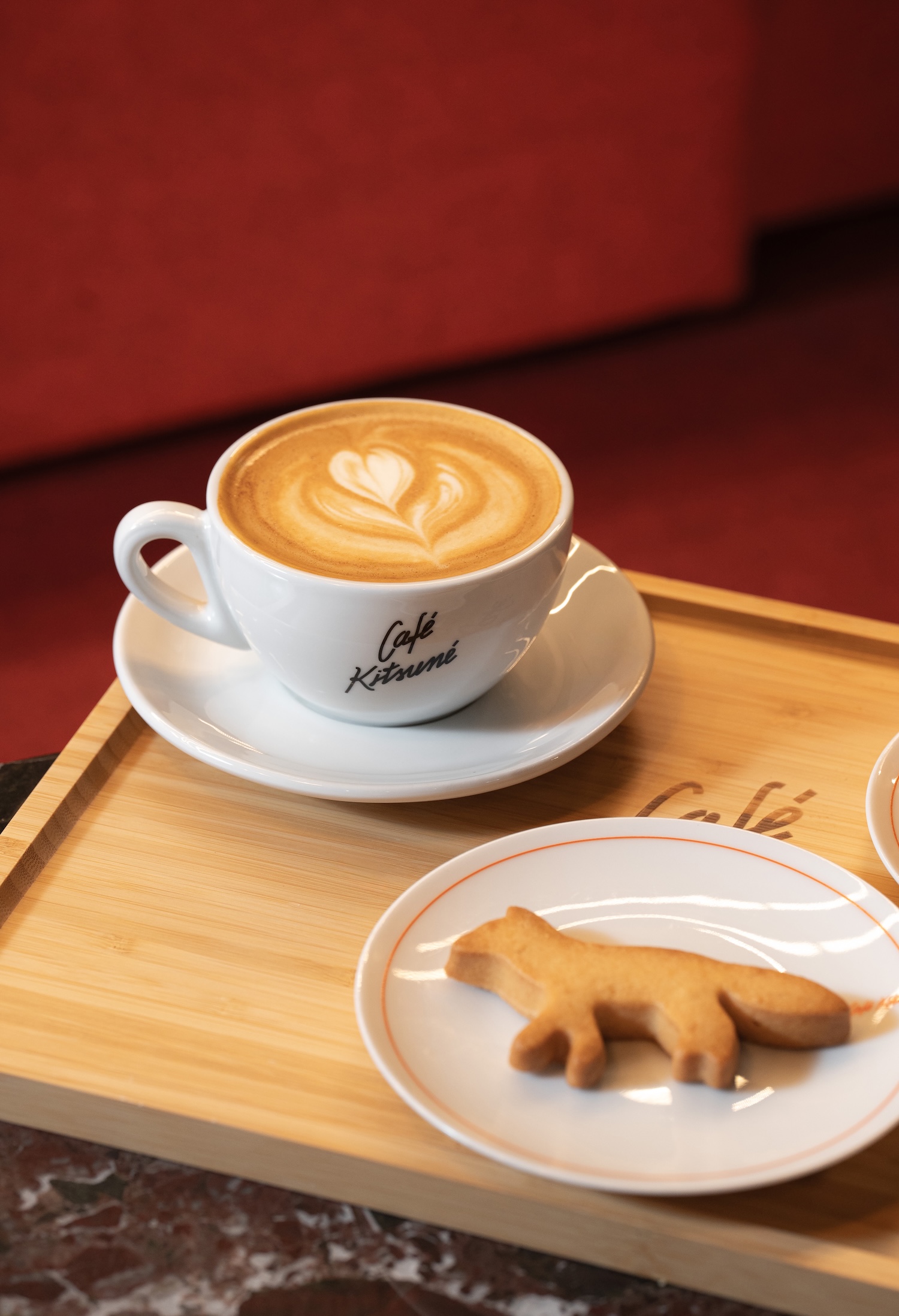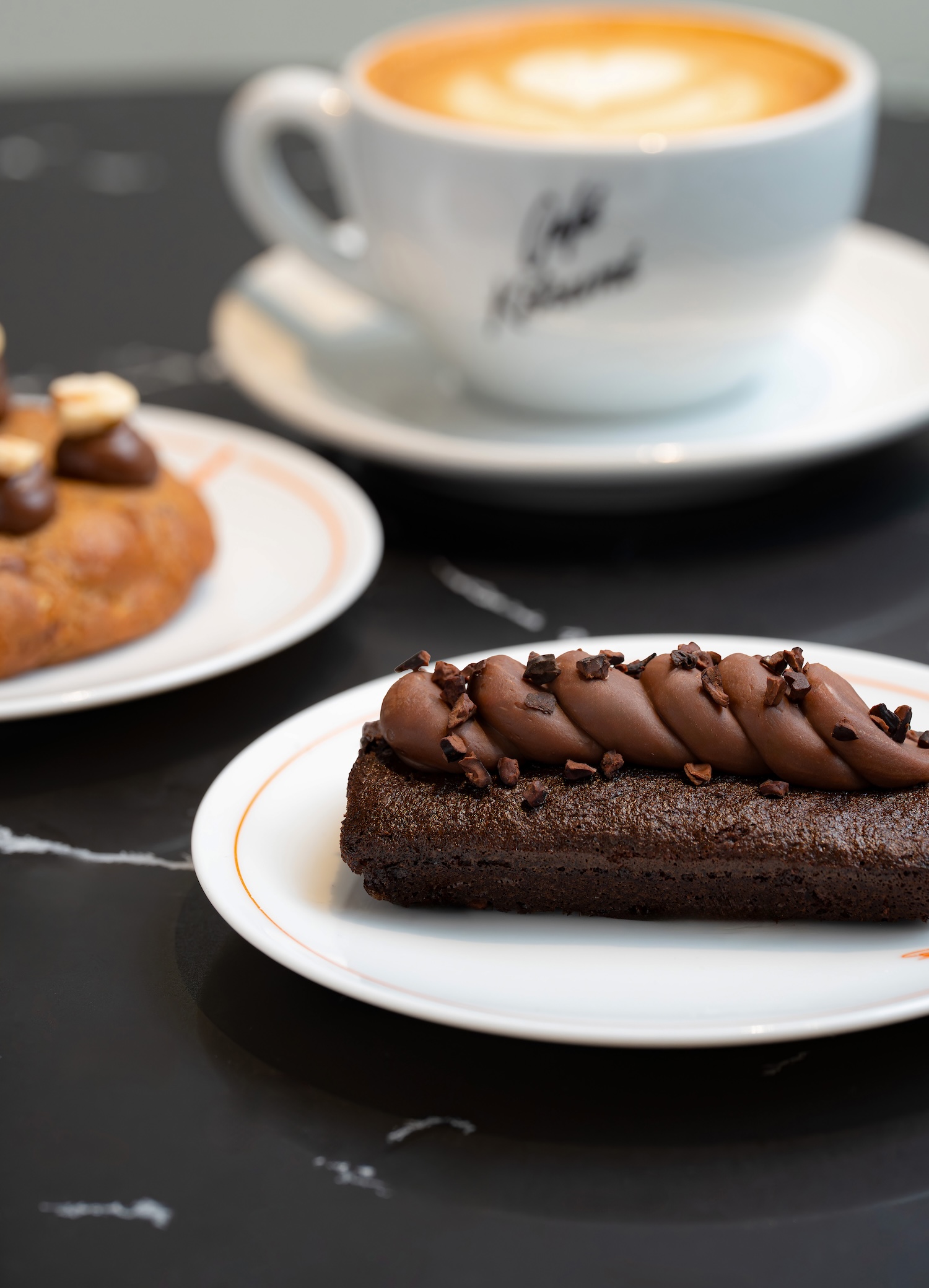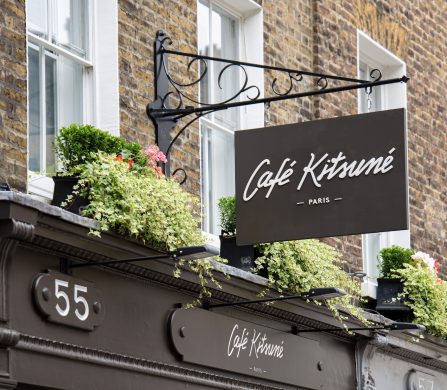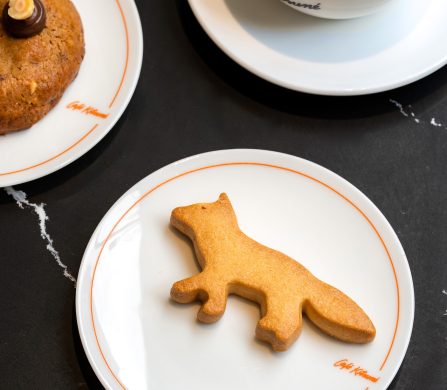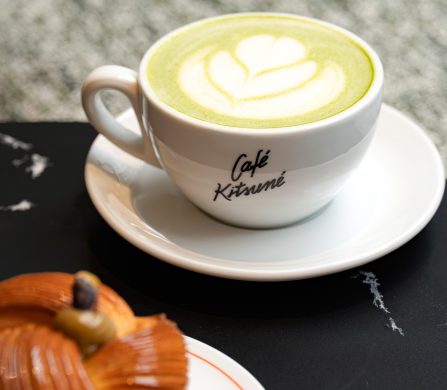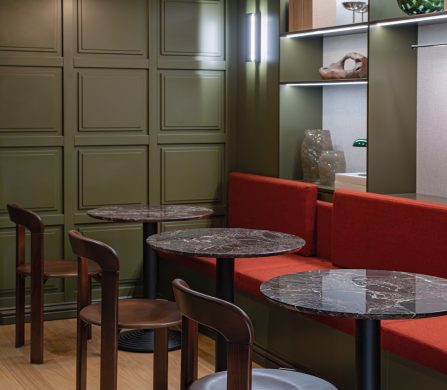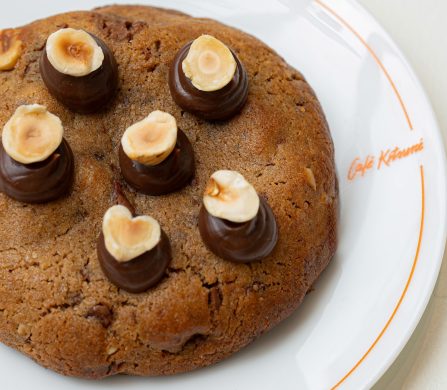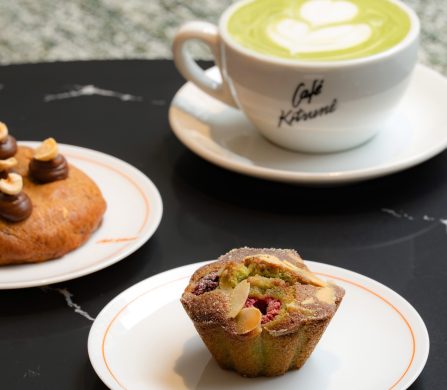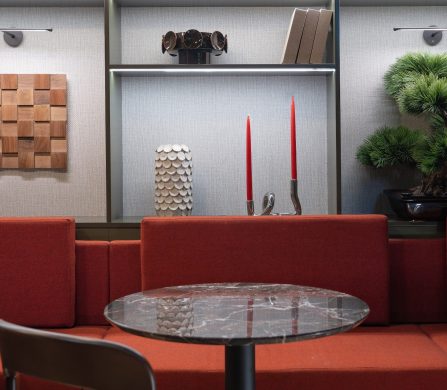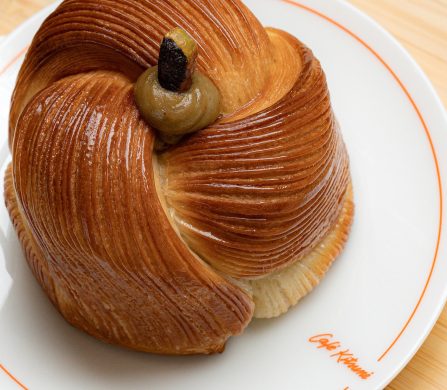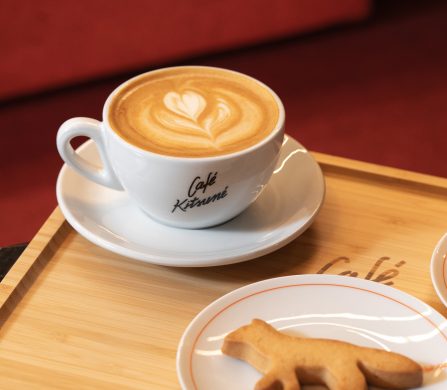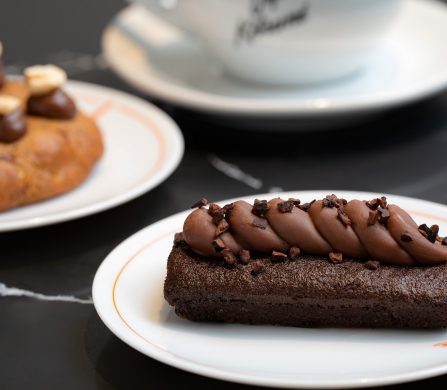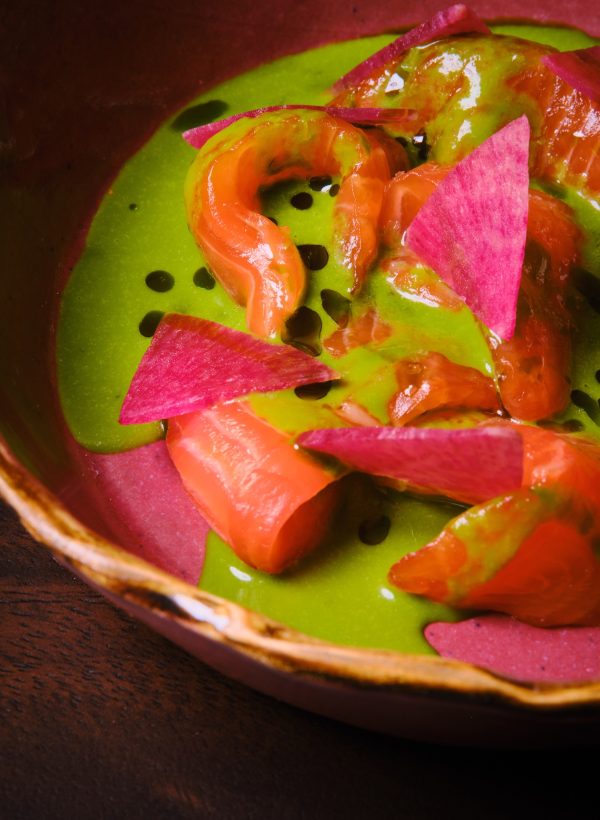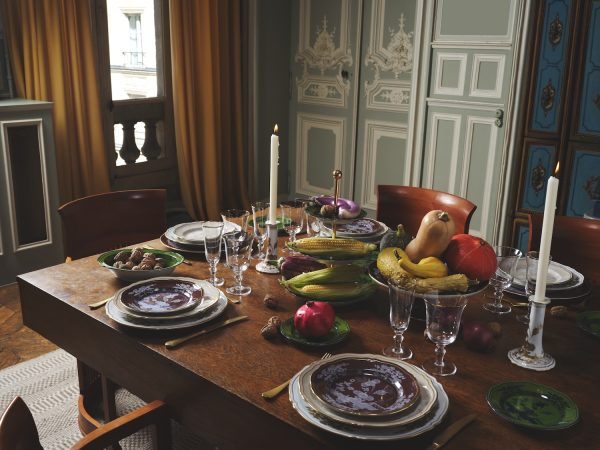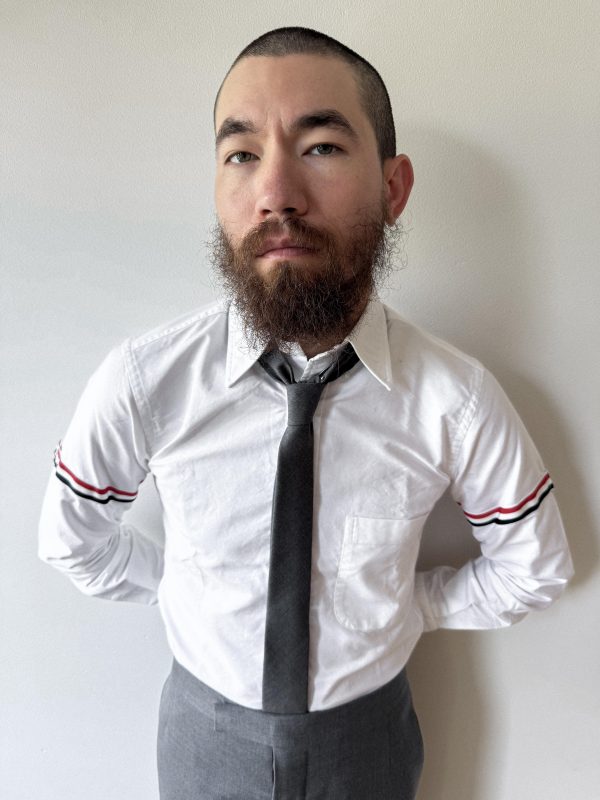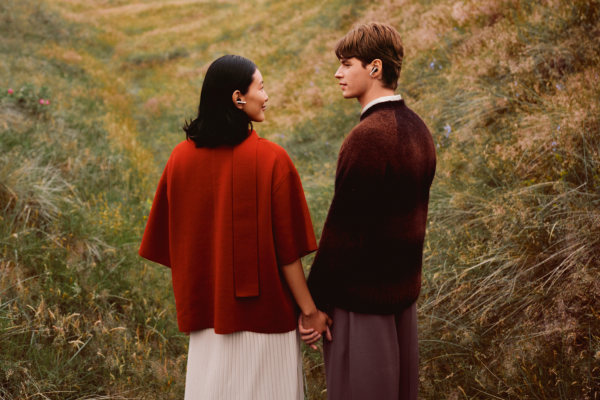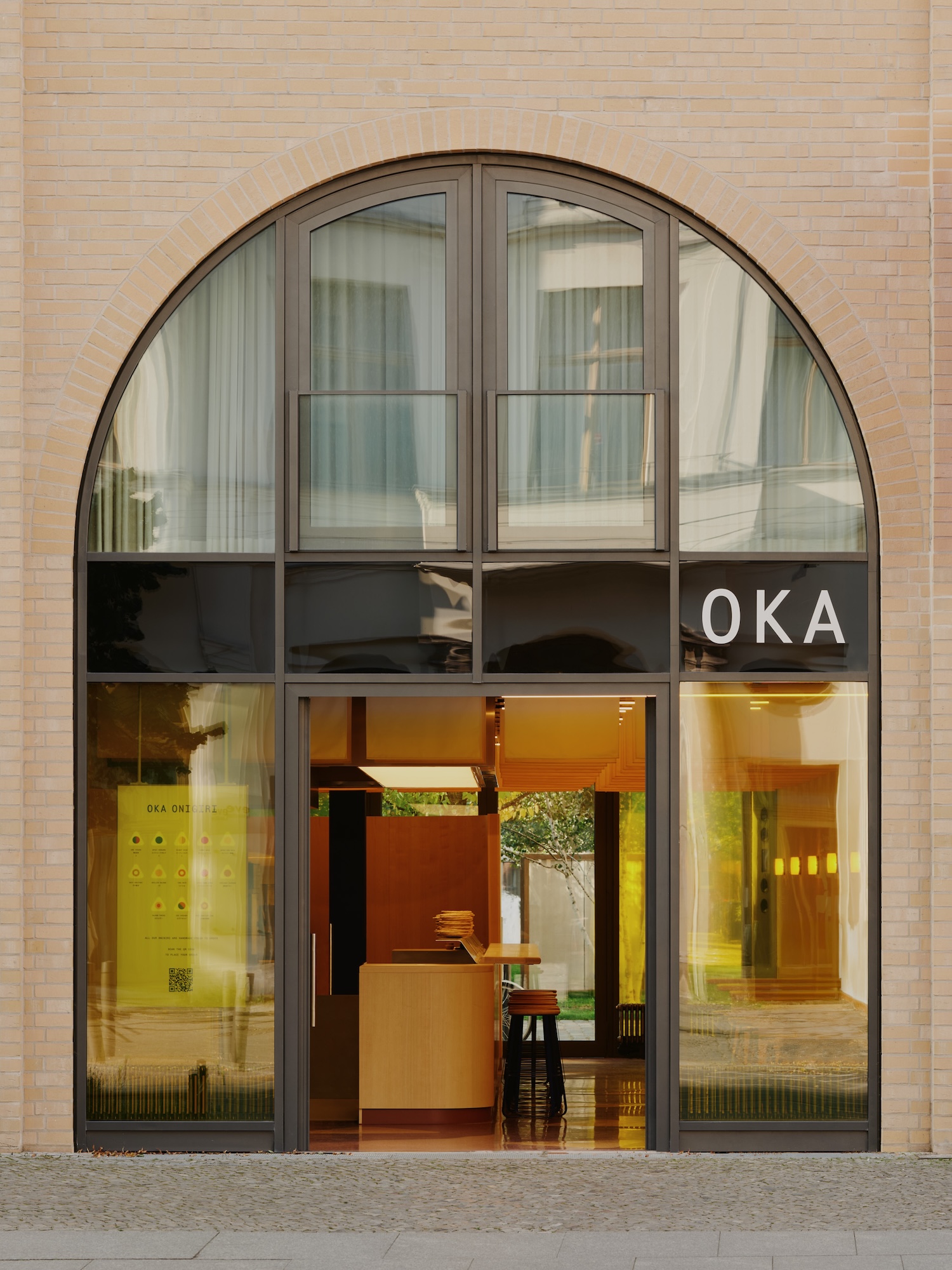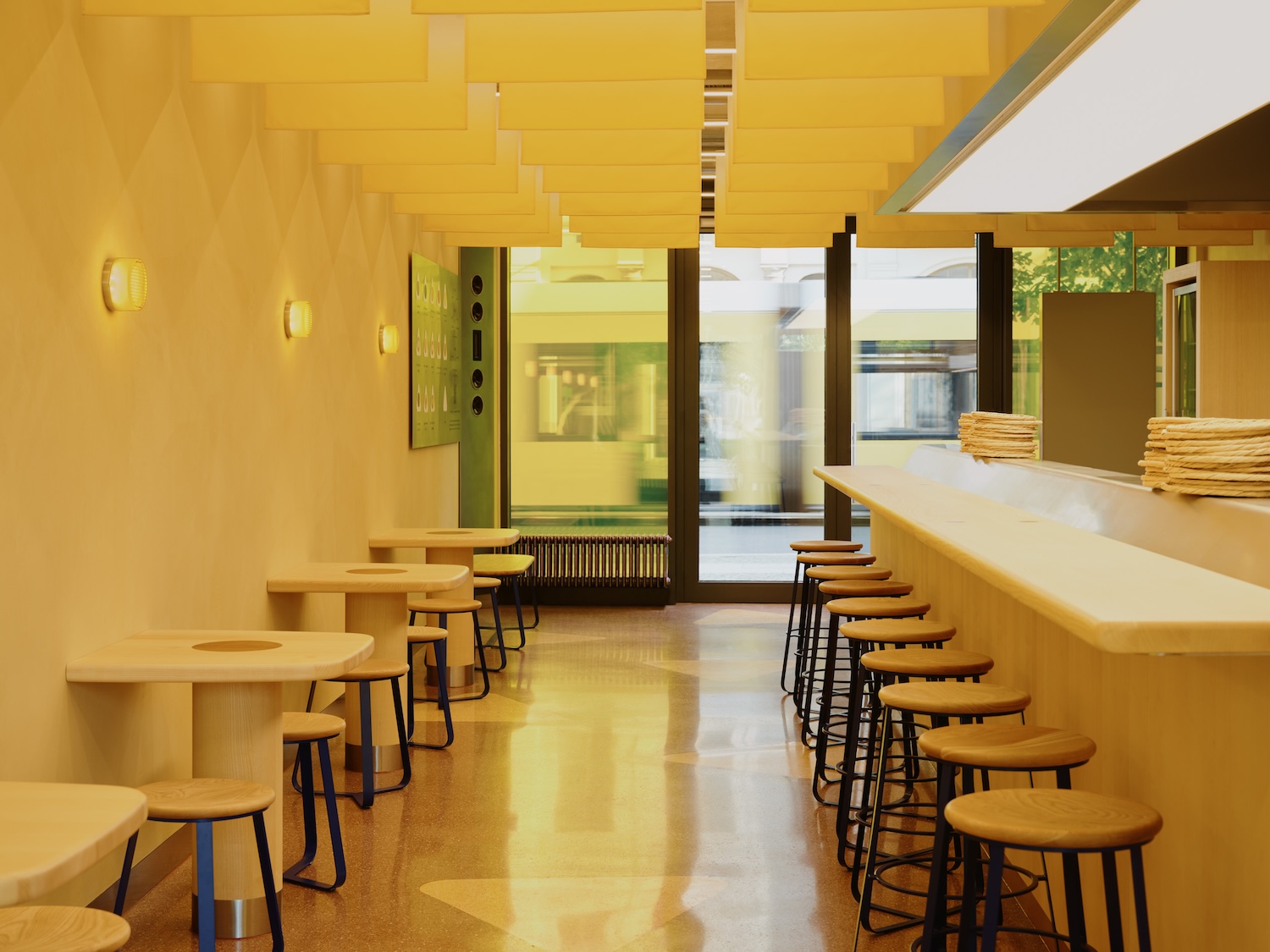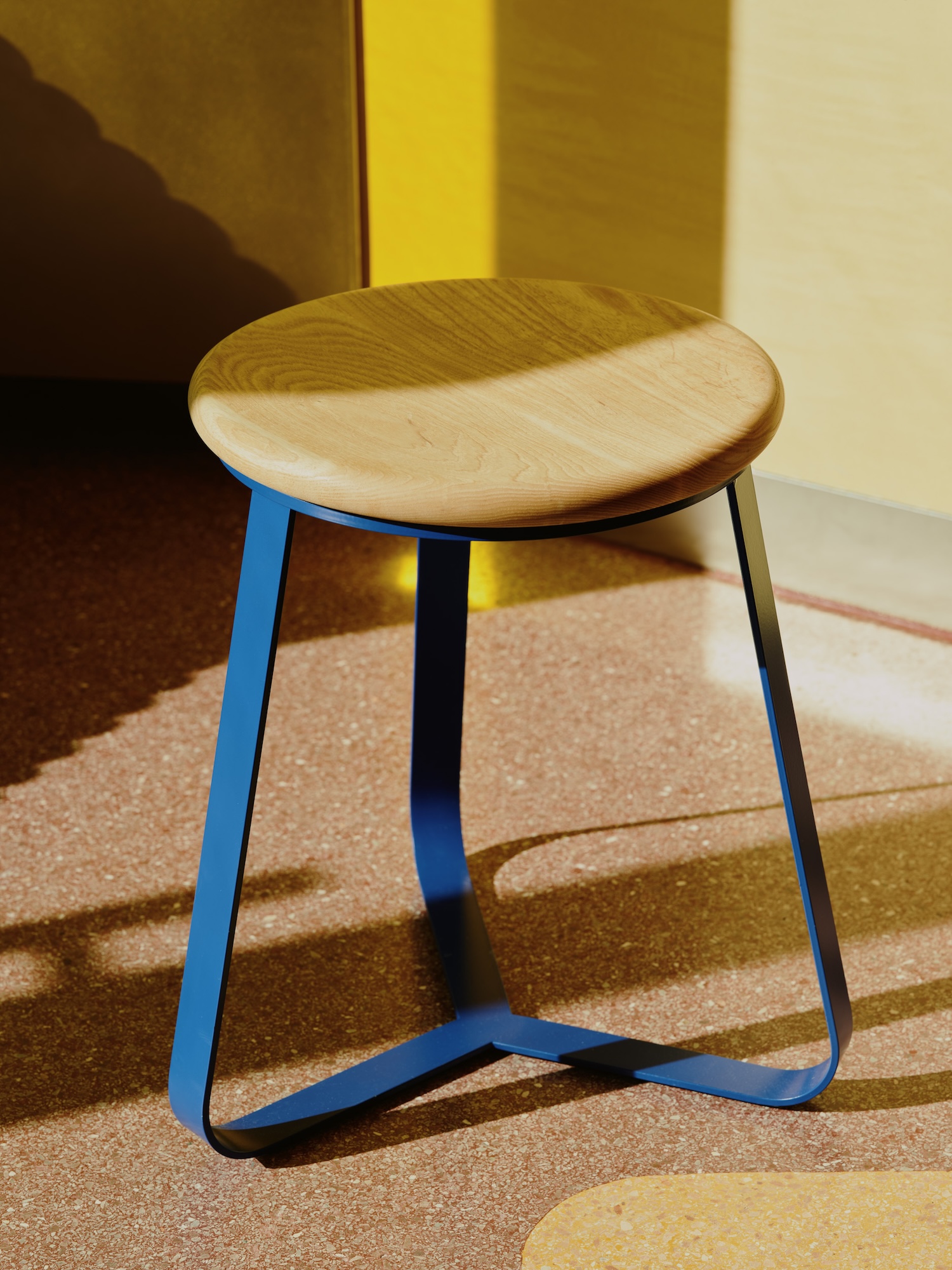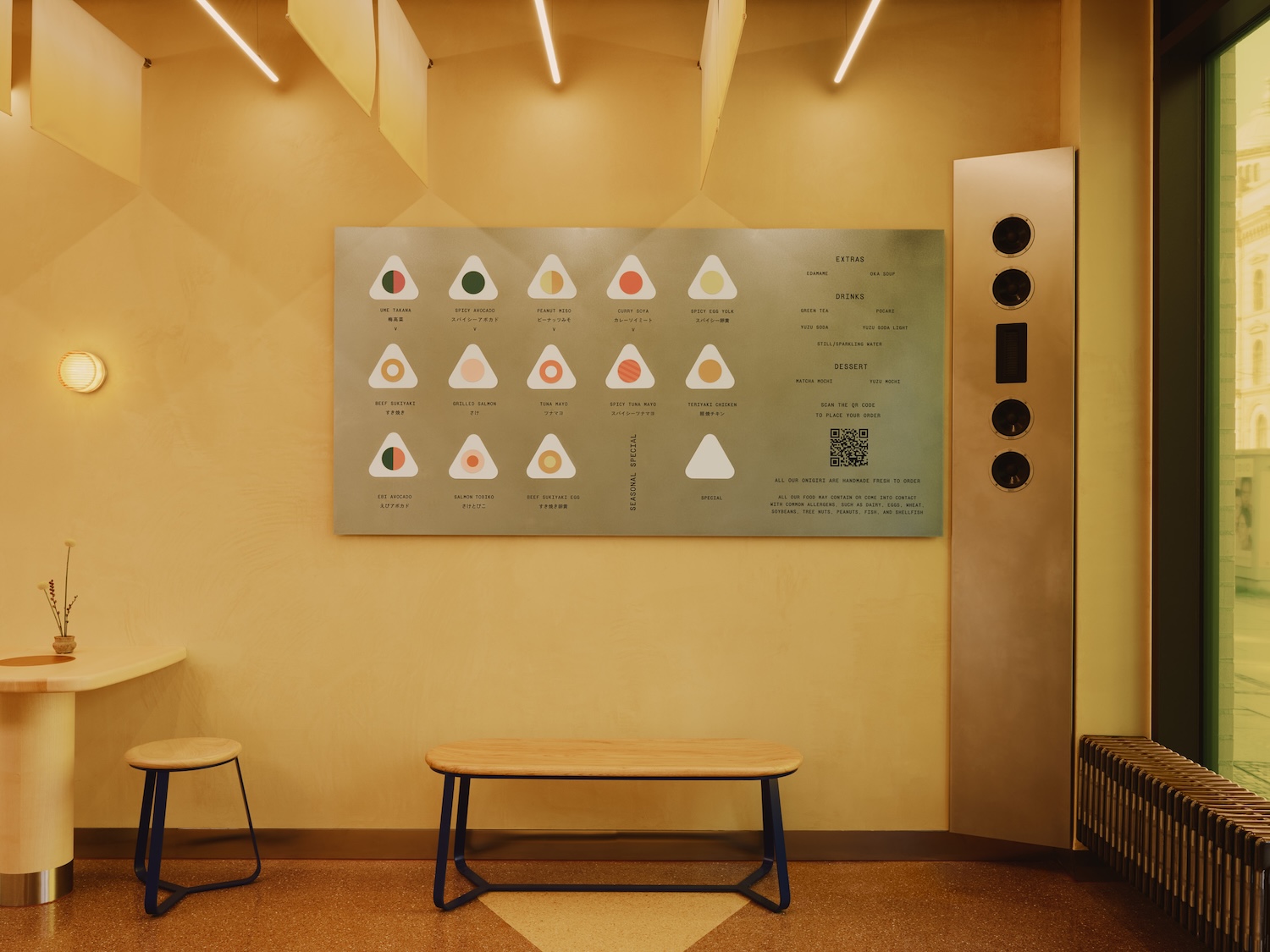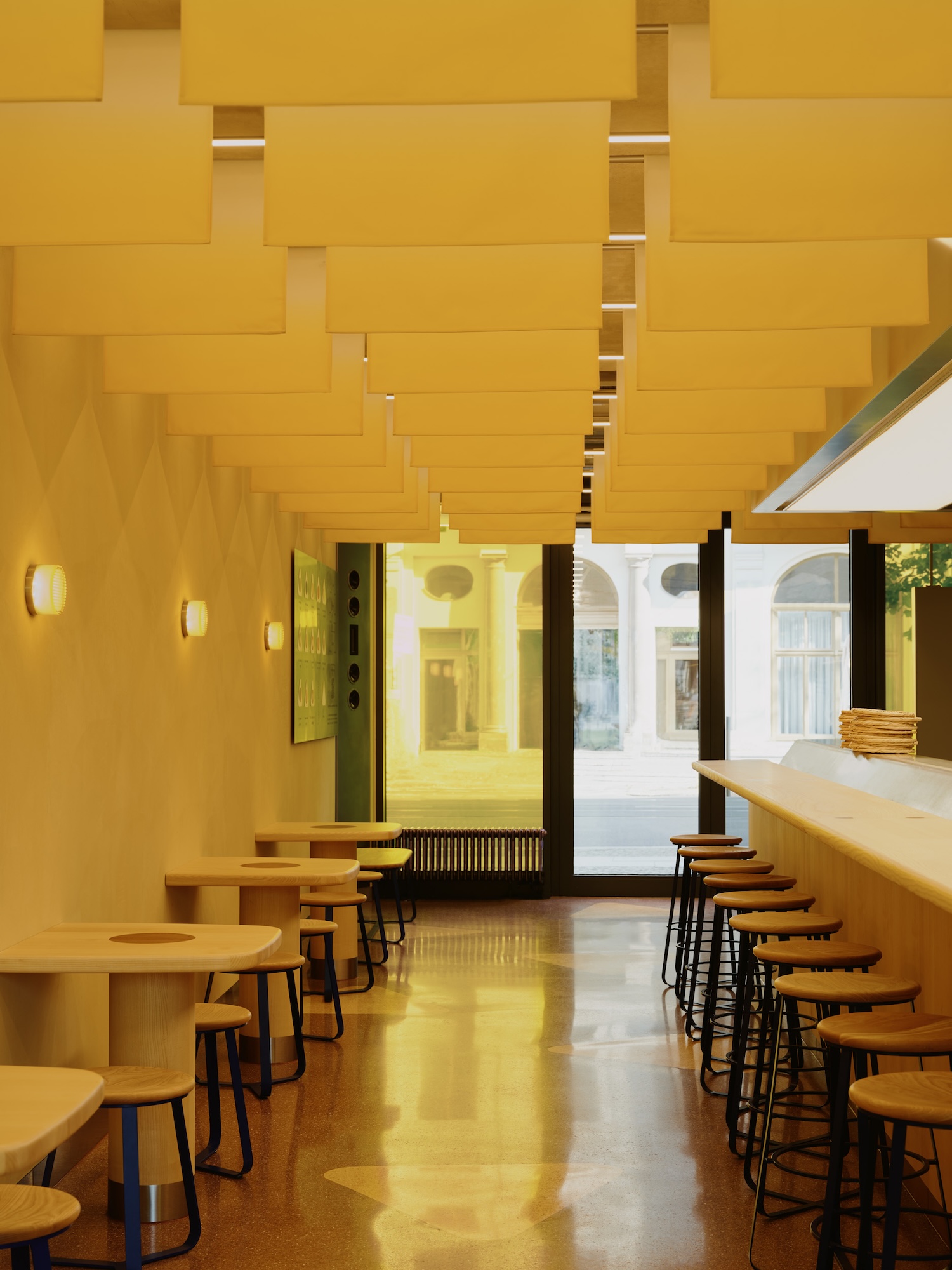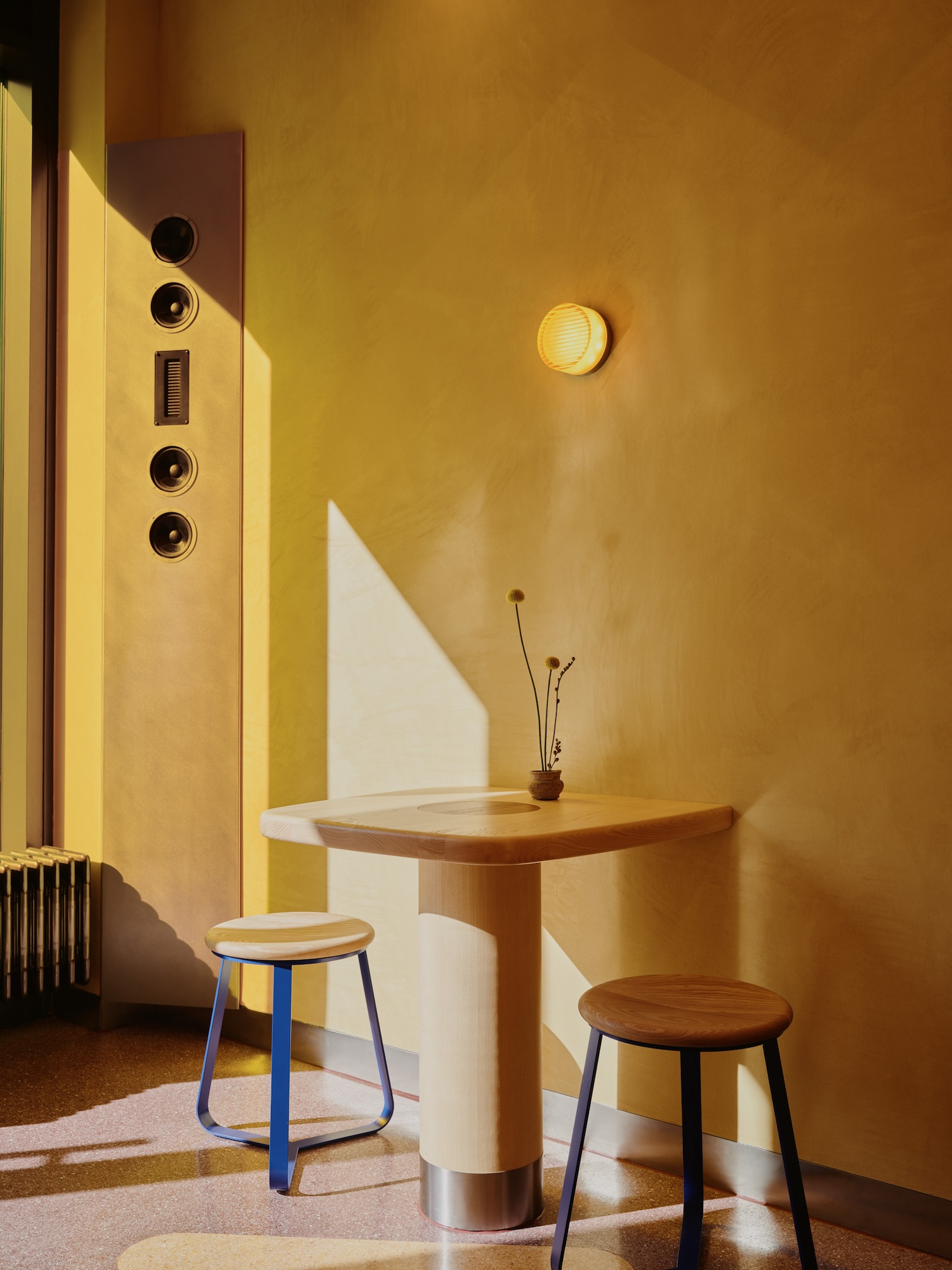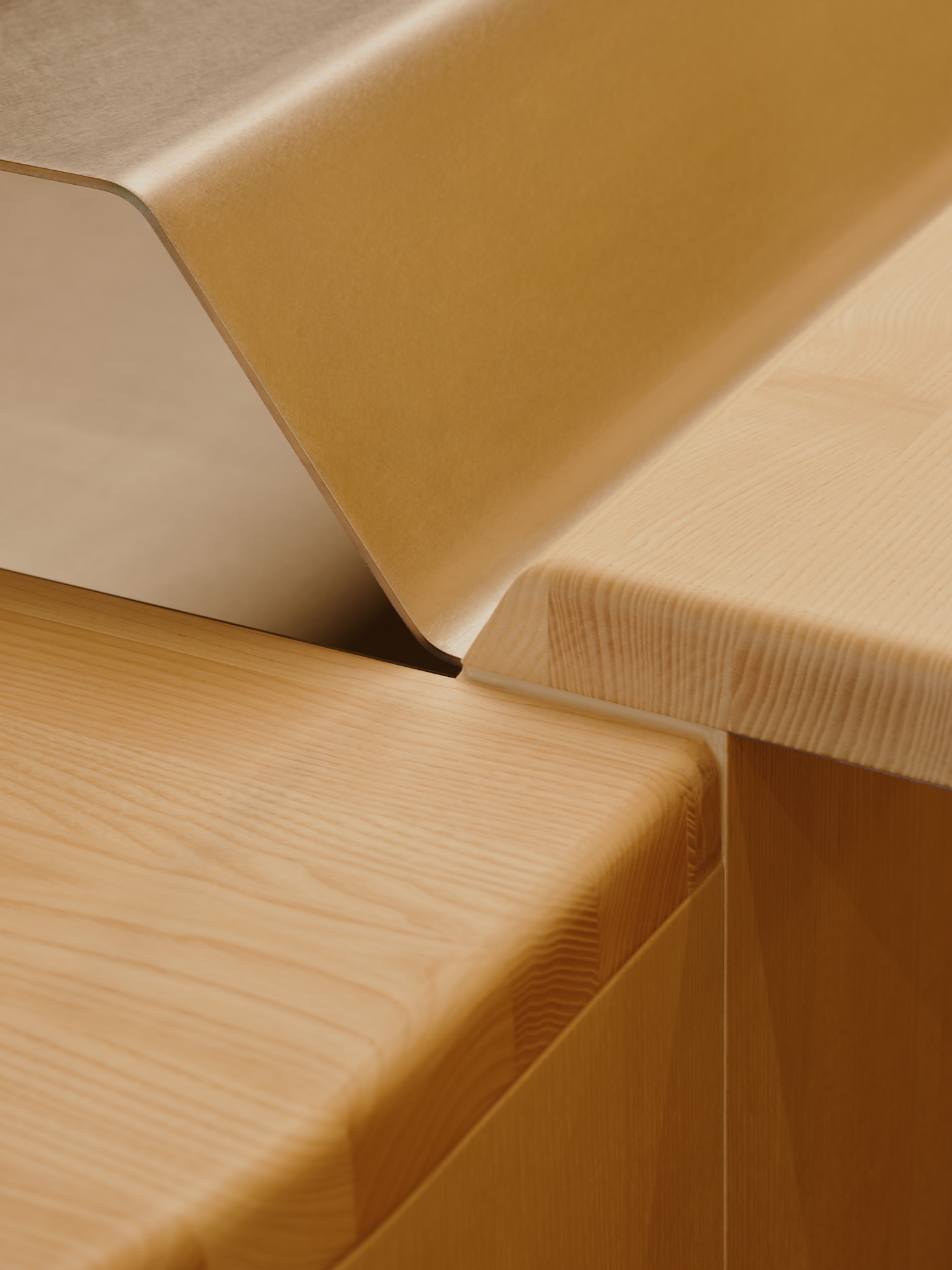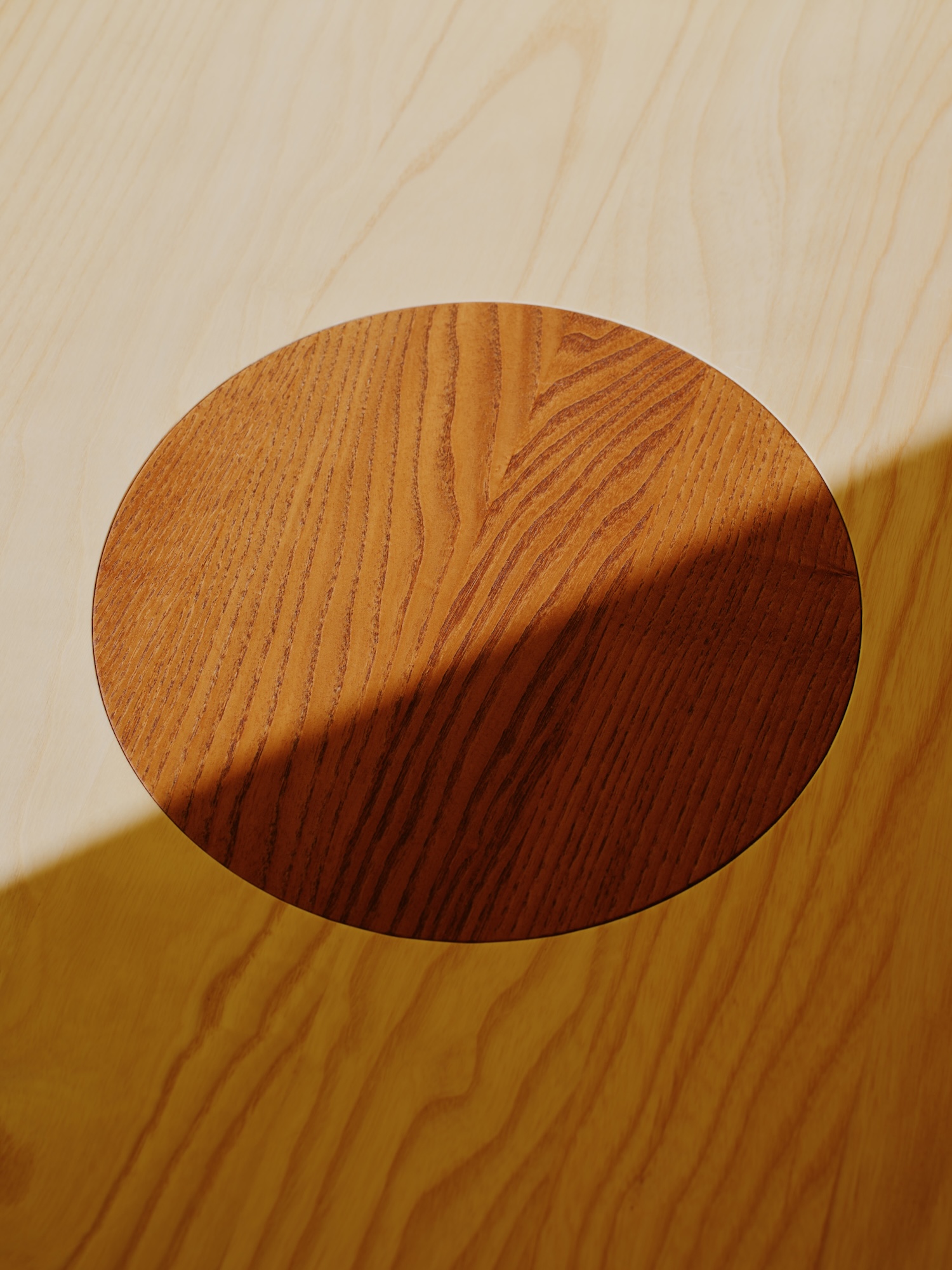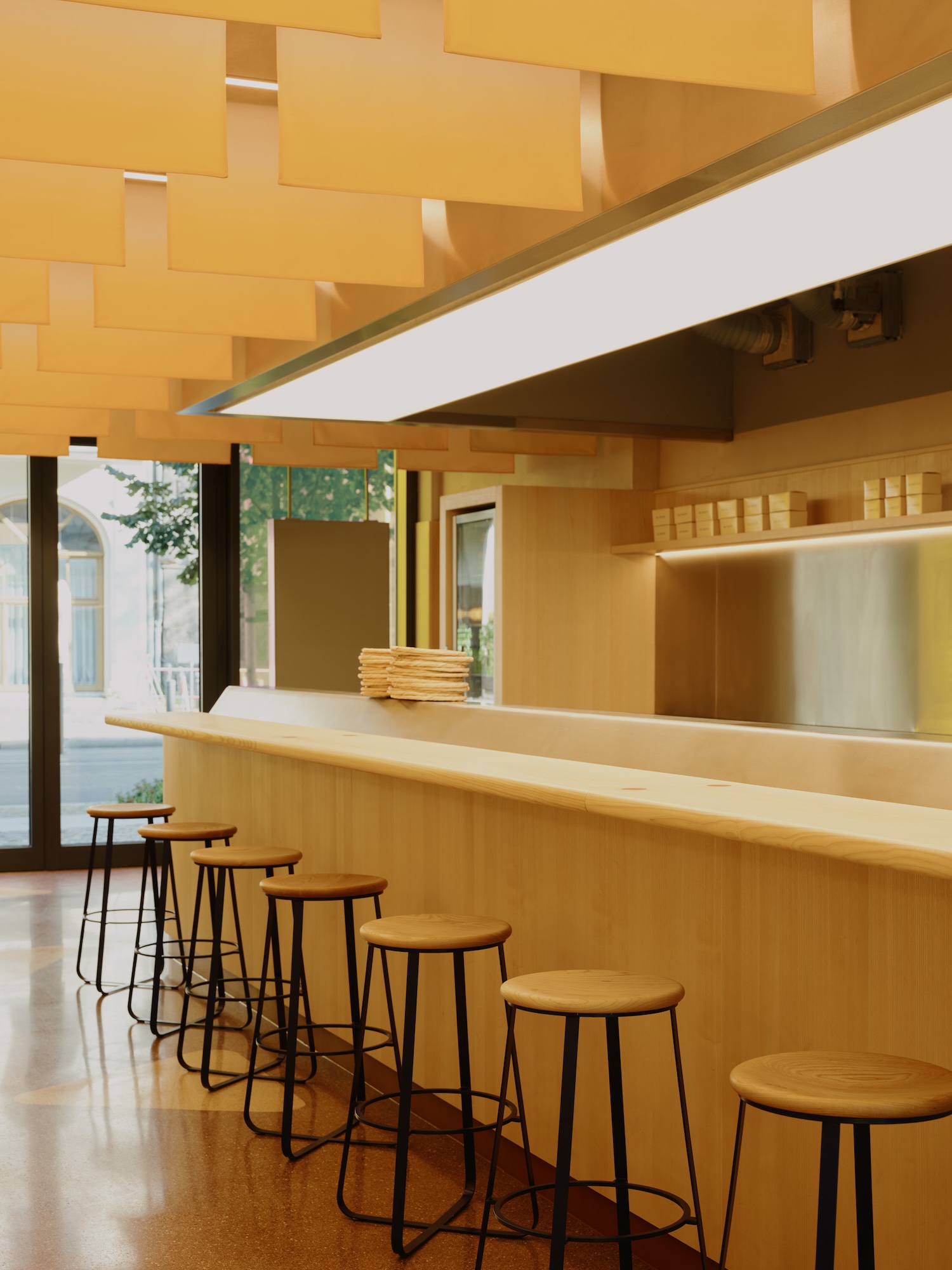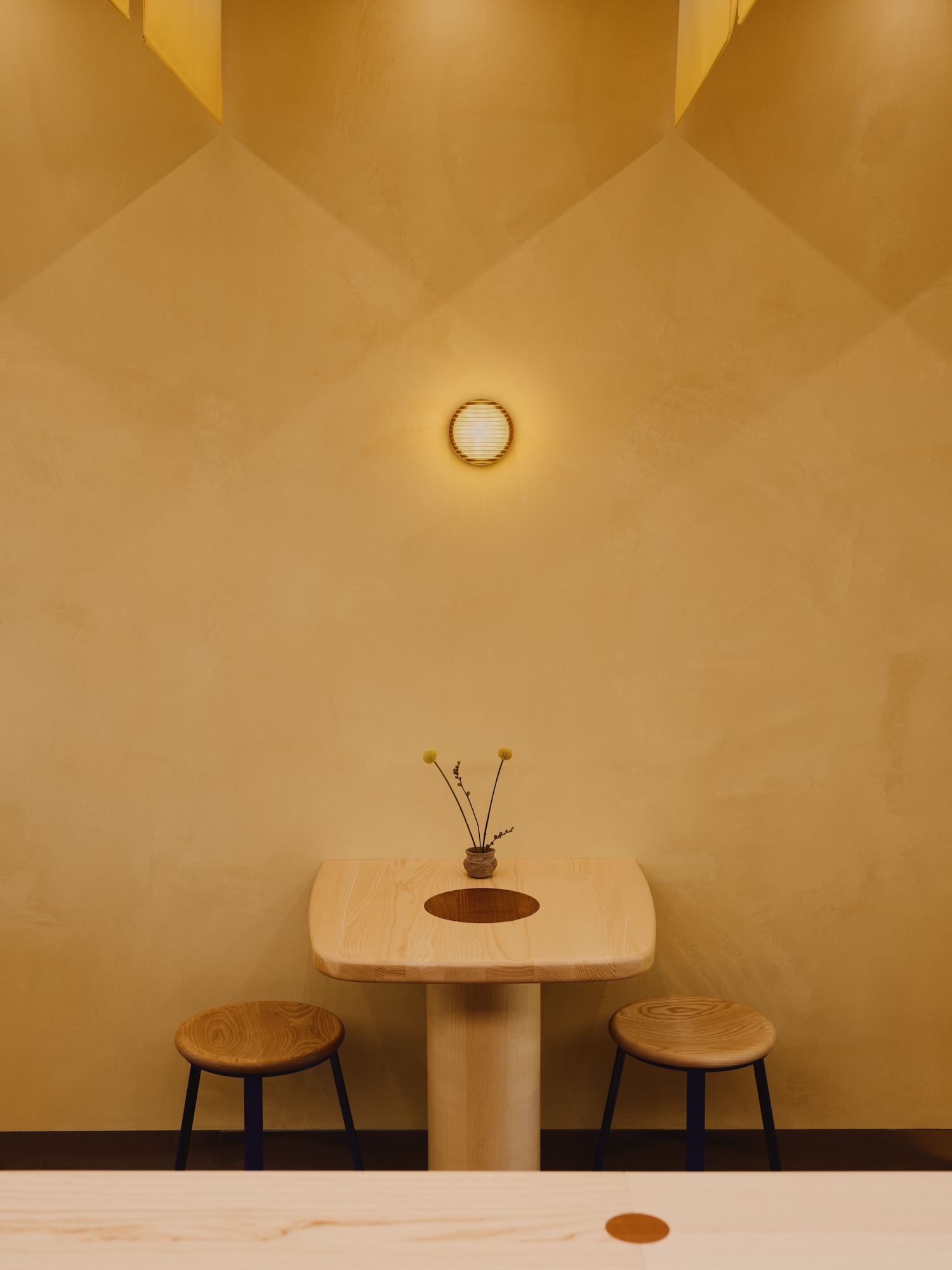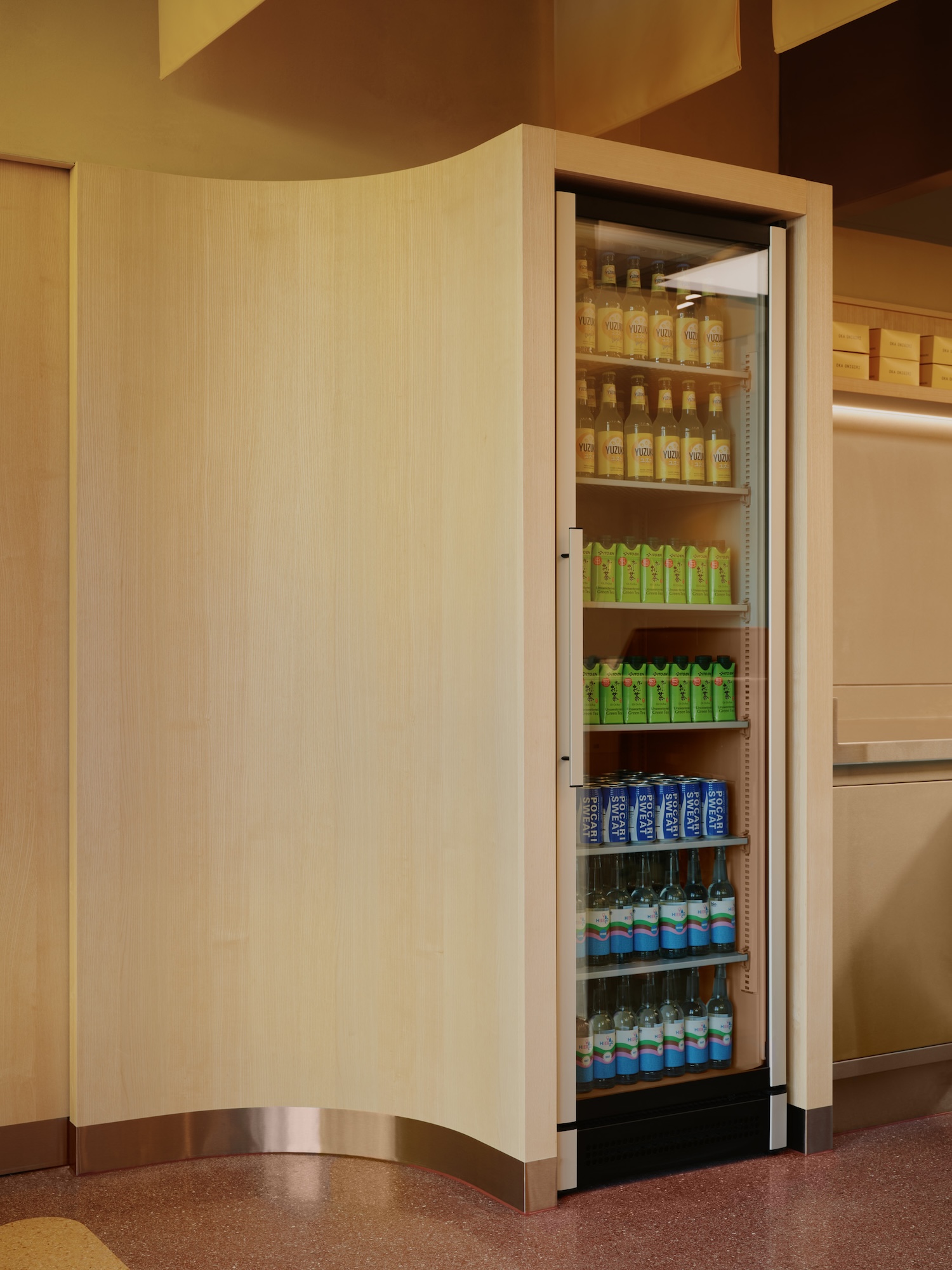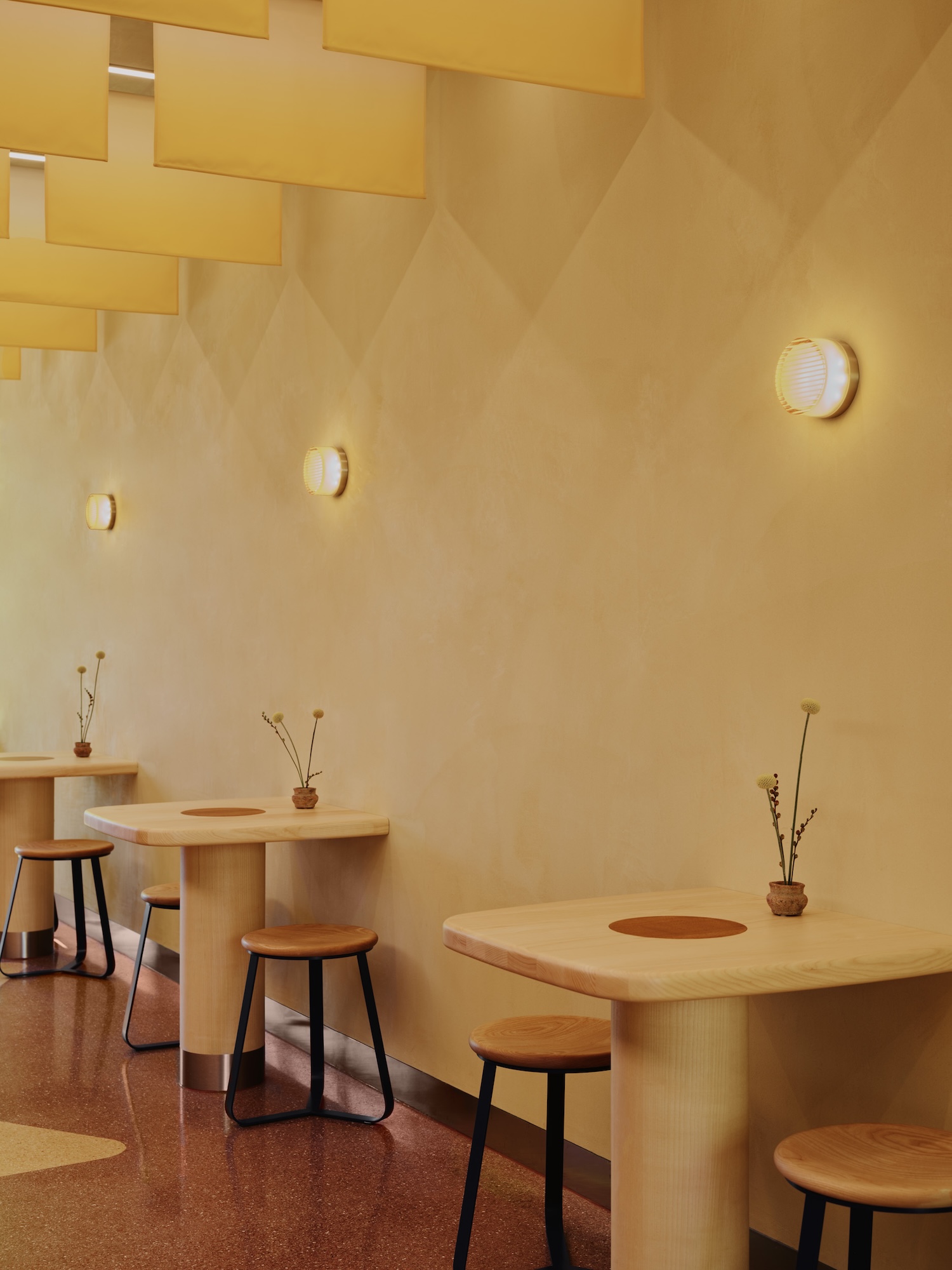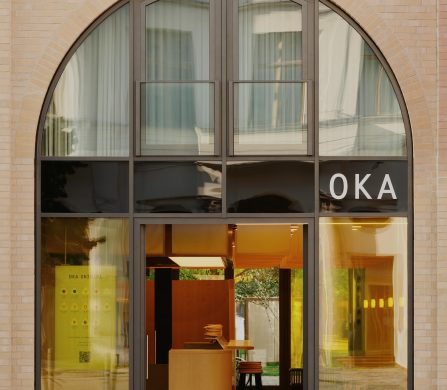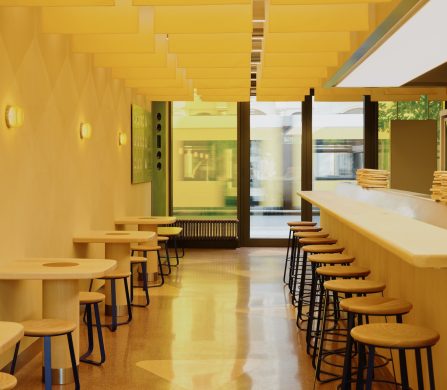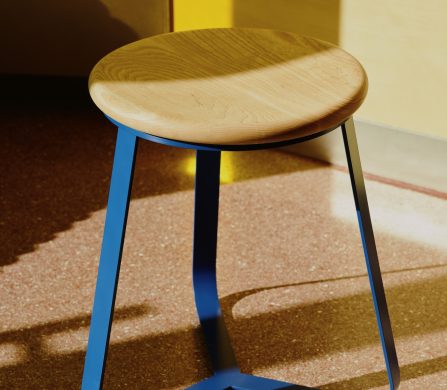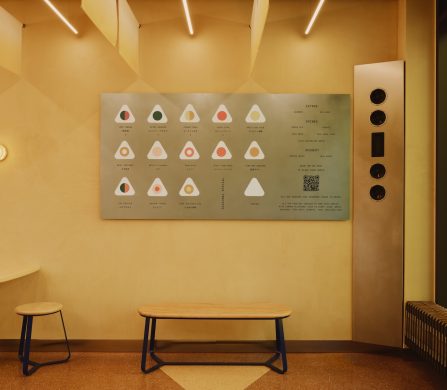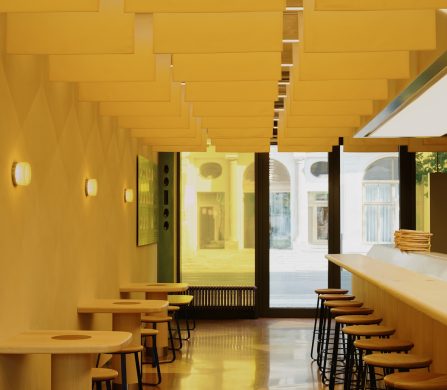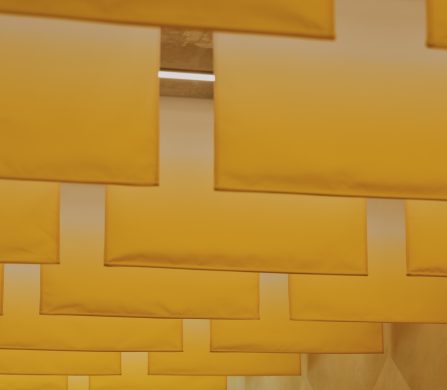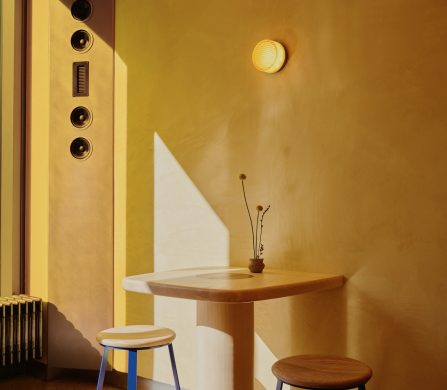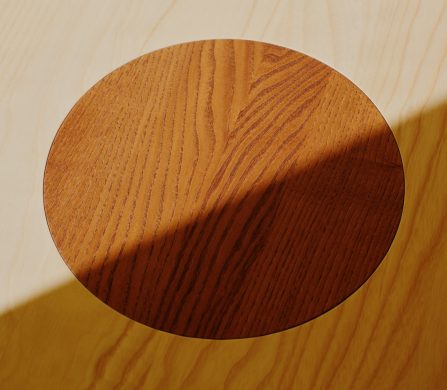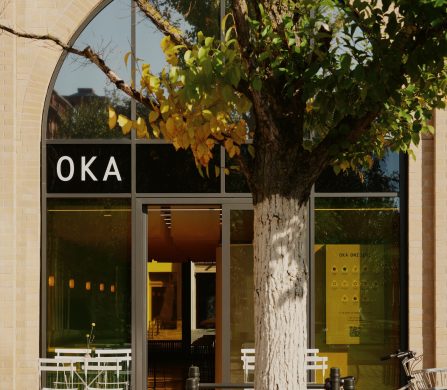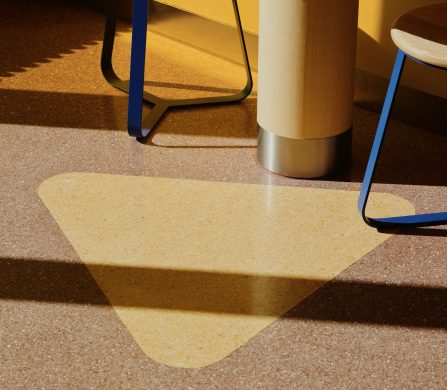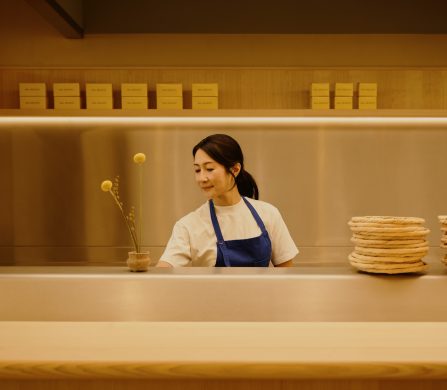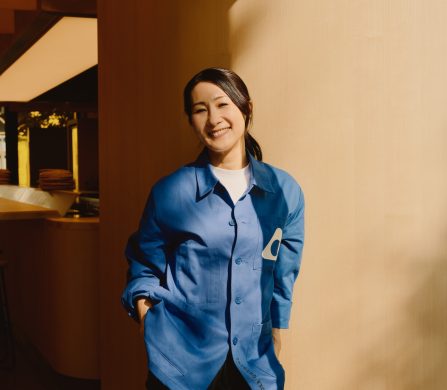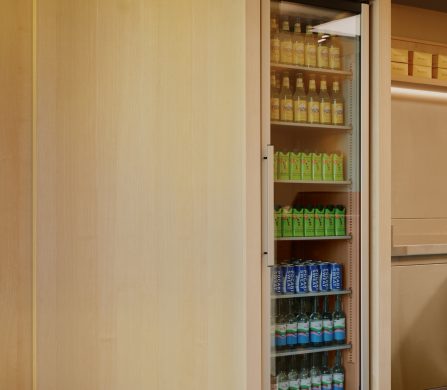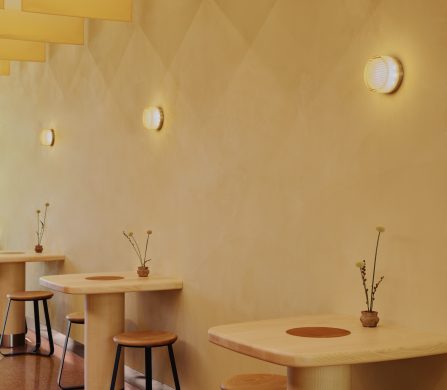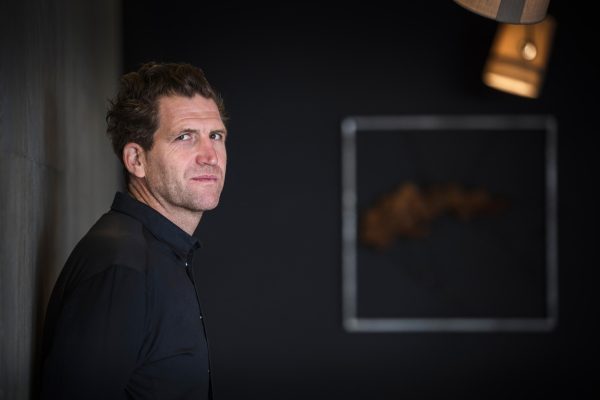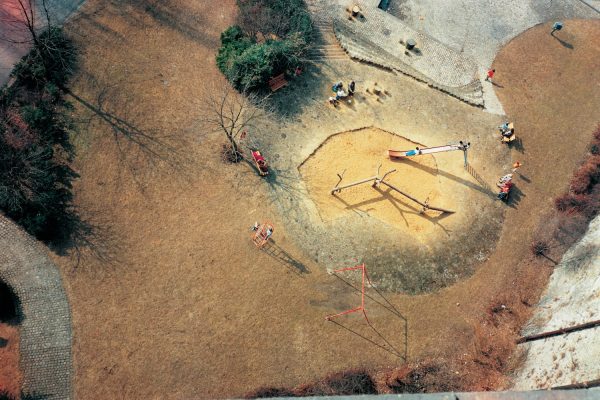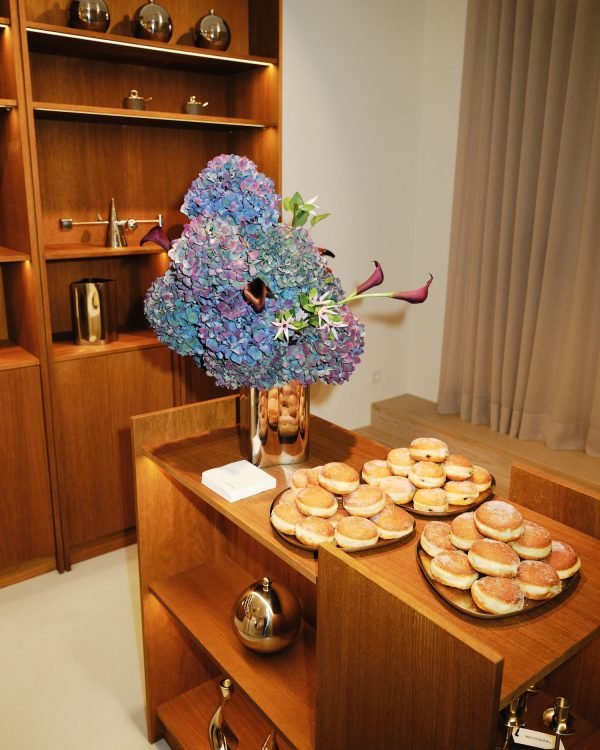
It’s no mystery that champagne is one of France’s finest exports. Pair it with a special occasion, or a celebration, and the emotions explode and enhance the special sensations. What if exceptional champagne were not only limited to extraordinary moments? To answer this question, Schön! travelled to the Krug Kitchen experience in Paris to discover what creative possibilities are offered in a glass (or two) of champagne. Since 1843, Krug has been redefining what it means to make exceptional champagne. Founded by Joseph Krug, the Maison’s mission is to create the very best, year after year, even when faced with unpredictable weather. But Krug’s true art lies in its philosophy that every vineyard is a unique “single ingredient” — a key part of the Maison’s signature blends.
This approach has been central to Krug: the Maison has spent the past ten years collaborating with chefs around the globe, each inspired by one humble ingredient. From tomatoes in 2014 to flowers in 2024, the project has explored potatoes, mushrooms, eggs, and more — proving that even the simplest ingredient can create a culinary masterpiece when paired with Krug Grande Cuvée or Krug Rosé.
In Paris, Krug brought together 10 top chefs to reimagine these 10 ingredients in a new tasting experience. Guests enjoyed pairings of two glasses of champagne with two dishes and dived into a multi-sensory journey of 10 ingredients and five champagnes, from bottles to magnums. Each recipe reflected the chef’s unique style while celebrating the Maison’s dedication to quality and creativity.
“At Krug, what I think is fun and interesting, is that in one glass of Krug Grande Cuvée, you have everything,” says Olivier Krug to Schön! when asked how Krug champagne is more than just a drink. “There are many different angles, in different champagnes. But when you have a glass of Krug Grande Cuvée, it’s a firework of sensations, of emotions. You have a sip, and it fills your mouth – it’s very rich, very fresh. You have all these layers to it. When you think it’s over, it continues. I think this is what is interesting. Krug offers the most generous expression of champagne, this is our idea of individuality.”

With Cellar Master Julie Cavil’s exquisite champagnes at the heart of it all, Krug Kitchen is where haute cuisine and heritage bubbles meet — elevating every taste to something truly extraordinary. The pairing is at the heart of the Krug Kitchen experience, as each chef has their own understanding and vision of the tones, emotions and structures they want to bring to their dish.
German Chef Jan Hartwig explained his own process of discovery that led him to work with champagne. Funnily enough, it started with Krug: “Honestly, for me, it was hard to fall in love with Champagne at first. When I started out as a very young Chef, in 2000, I was used to German sparkling wines, which we call Sekt. I’m not a fan of it because I don’t like the bubbles and I don’t like the acidity. When I tasted Krug for the first time, I’m pretty sure it was a Grande Cuvée 162, it blew my mind. I didn’t realise champagne could be like this! It was super nice in taste, elegant in structure and texture; a body so complex like a big wine. It was the first time I fell in love with champagne, and it stands still to this day.”

With a unique dish created around a single ingredient – onion – Jan Hartwig’s ambition was to explore more remote, unexplored territories when it comes to pairing. “Good champagne fits well with almost every food,” he explains. “With cheese, it fits well with onion dishes, or with any other signature Krug ingredients, as we’ve discovered here in Paris. It shows that champagne doesn’t lock anyone out. Some people think champagne is for higher classes, for the elite. This [Krug Kitchen] experience shows that you can combine it with a potato, an onion, a lemon or something else and experience it. It’s for everybody.”
French Chef Anne Sophie Pic was also quick to enthuse about the advantages behind the challenge of working with one staple ingredient. “It allows us to show more creativity,” she tells Schön! “It’s easier with ingredients that we wouldn’t call ‘humble’, such as caviar, or truffle. It’s more difficult to give an interesting expression of a ‘humble’ ingredient because people are eating these items every day, whereas truffle and caviar are innately associated with celebration. So it has to be different, to be very special.”

Apart from showing the panoply of emotions and pairings that are possible with a Krug Champagne, for chef William Bradley, the Krug Kitchen is also a window that allows to get a wider understanding of the drink: “It helps the consumer and the home chef to see chefs of a high level cook something as simple as an onion or a potato, instead of luxury ingredients. They like to see us do dishes with ingredients that they actually can buy themselves, and use and cook them at home, to be eaten with Krug Champagne,” he muses, before concluding. “You can turn your hand to any ingredient and elevate it to a luxury level.”
One of the most special aspects of the experience is watching 10 top chefs coming together to work together under one menu. William Bradley was enthusiastic about the bonds that were created with other chefs, in the kitchen and beyond: “You love their style for who they are, because they’re very, very singular,” he relates. “When we come together, it’s very important that we respect one another in their work. It’s funny because some of the Chefs wanted me to go out to dinner, after the experience, but I didn’t, because I kept eating everyone’s dish. I had the same experience as the guests… I had every course, because I like to taste the craft and the art of other chefs. I really admire their work.”
With this synergy in mind, and with the curious, joyous sensations of the Krug Champagne accompanying us, Schön! looks forward to the coming years of Krug Kitchen.
Discover the world of #KrugChampagne at krug.com.
words. Patrick Clark
photography. Courtesy of Krug





































